
- Endurance
14 07 2024
25 02 2022
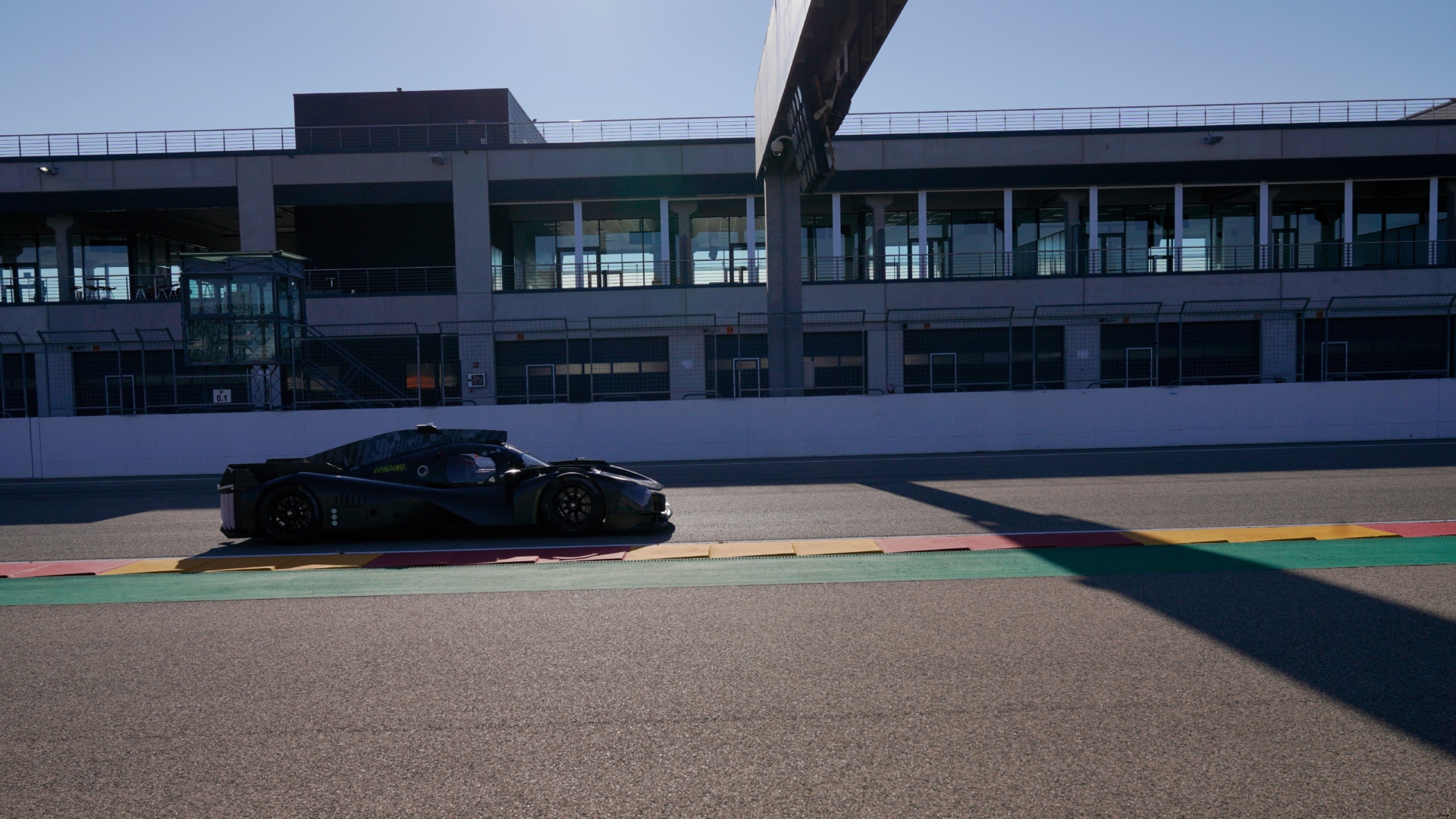
Team PEUGEOT TotalEnergies’ PEUGEOT 9X8 Hybrid Hypercar will make its official racing debut in the FIA World Endurance Championship (FIA WEC) this summer, with two cars sporting race numbers 93 and 94. The end of winter and this spring have been dedicated to development work, with the team, drivers and car conducting simulations and tests ahead of the 9X8’s final homologation by the FIA, which will freeze its technical characteristics until 2025.
PEUGEOT is hard at work to deliver top-drawer reliability and performance in an intensely high-calibre field – with observers already excitedly describing the Hypercar era as a new ‘golden age’ for Endurance racing. The Brand forecasts the competitive arrival of the 9X8 will come after the 2022 edition of the 24H of Le Mans. PEUGEOT will build anticipation and excitement for the 9X8 at Le Mans this year with a number of surprises for fans and spectators.
Q&A with Olivier Jansonnie, Technical Director of PEUGEOT’s WEC programme, on the challenges of developing a Hypercar and the vital importance of perfecting its specification prior to homologation:
What are the rules in terms of homologation?
Every Le Mans Hypercar must be homologated in order to be permitted to race, after which its design may not be modified further until 2025, except in very particular circumstances governed by strict conditions. Any such modifications will be counted as ‘EVO jokers’, which are limited to just five between 2021 and 2025 – aside from specific force majeure situations such as, for example, when the car’s safety or reliability is compromised… Restricting development in this way is important, since it would not be possible to adjust the performance of a car that is subject to constant technical updates through ‘Balance Of Performance’ (BoP) tweaks. The homologation process itself consists of a series of milestones. Its schedule and execution are very precisely defined. The process concludes with the submission of a homologation file – describing in minute detail all of the vehicle’s components (with photos and weight measurements) – as well as a wind tunnel test of its aerodynamics and an inspection of the vehicle by the FIA/ACO. After this, its development is ‘frozen’. Its performance parameters are subsequently assessed in order to be able to adjust its power, weight and minimum speed of hybrid energy deployment, which are the key factors in Balance Of Performance.
At what moment do you decide that a car is ready to be homologated?
A manufacturer judges that its car is ready to be homologated when it believes it has attained the required level of performance and reliability to be eligible for ‘Balance Of Performance’ evaluation: that is to say that it has the same theoretical chance of winning in the WEC and at the Le Mans 24 Hours as any of its competitors. It accepts from this point that its vehicle will not be able to undergo any further major technical changes until the end of the homologation cycle.
Why will the car not race until the summer?
Quite simply, this will afford us the time we need to achieve the necessary level of reliability. For obvious reasons with regard to Balance Of Performance adjustments, it would not have been possible to enter the Le Mans 24 Hours without first contesting the preceding WEC race – the 6 Hours of Spa-Francorchamps on May 7. This way, our planning will enable us to put the full weight of our teams and resources behind our own test sessions, without the disruption of racing at Spa-Francorchamps and Le Mans.
Both operationally and from a reliability perspective, Le Mans is the most difficult race on the calendar. We will begin with some shorter races, which will allow us to progressively get up-to-speed in the championship. Like with our road-going cars when we have to choose between meeting a deadline or focussing on quality, we always prioritise quality.

Other news
See all
14 07 2024

16 06 2024

12 06 2024

09 06 2024

07 06 2024

16 05 2024

11 05 2024
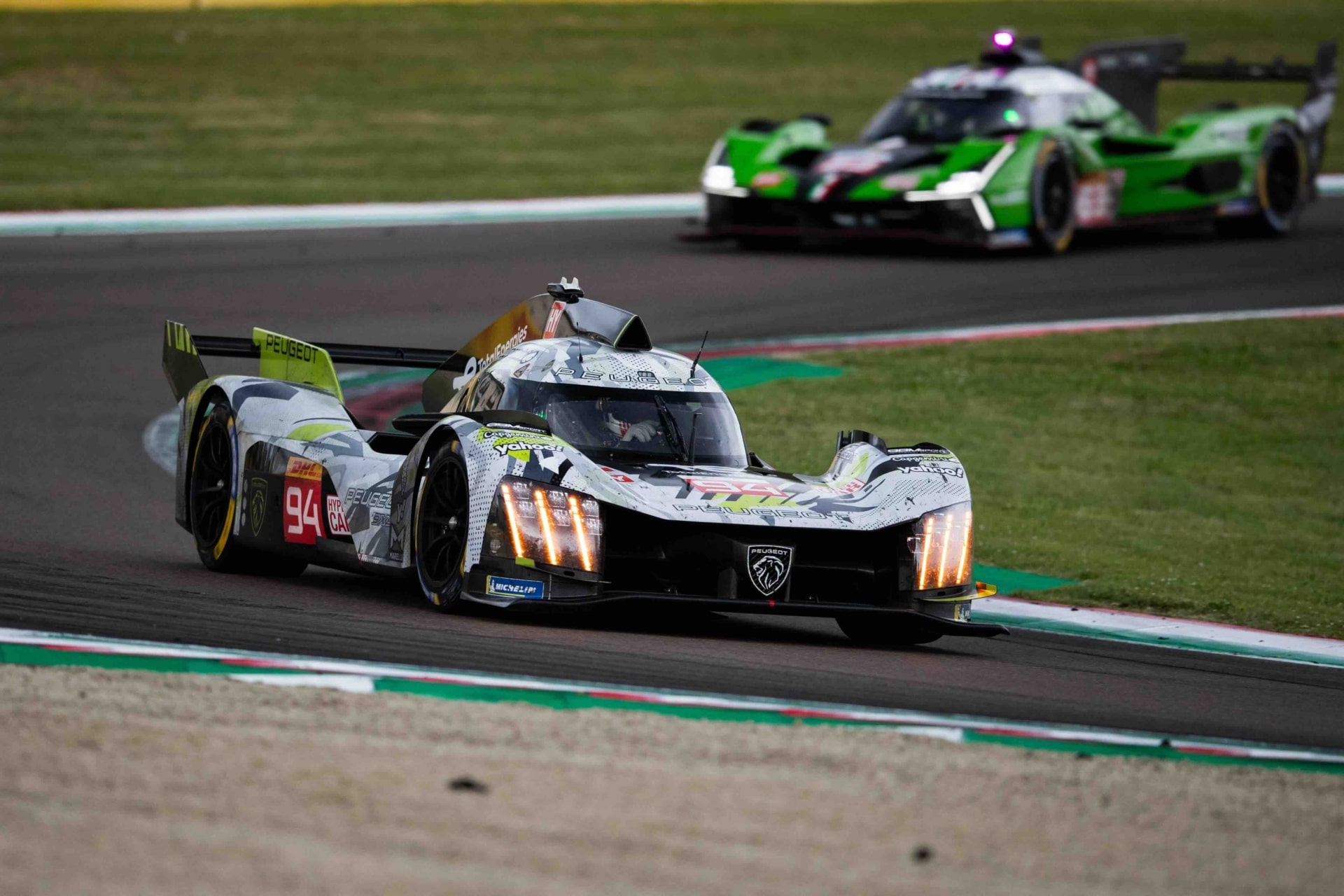
21 04 2024
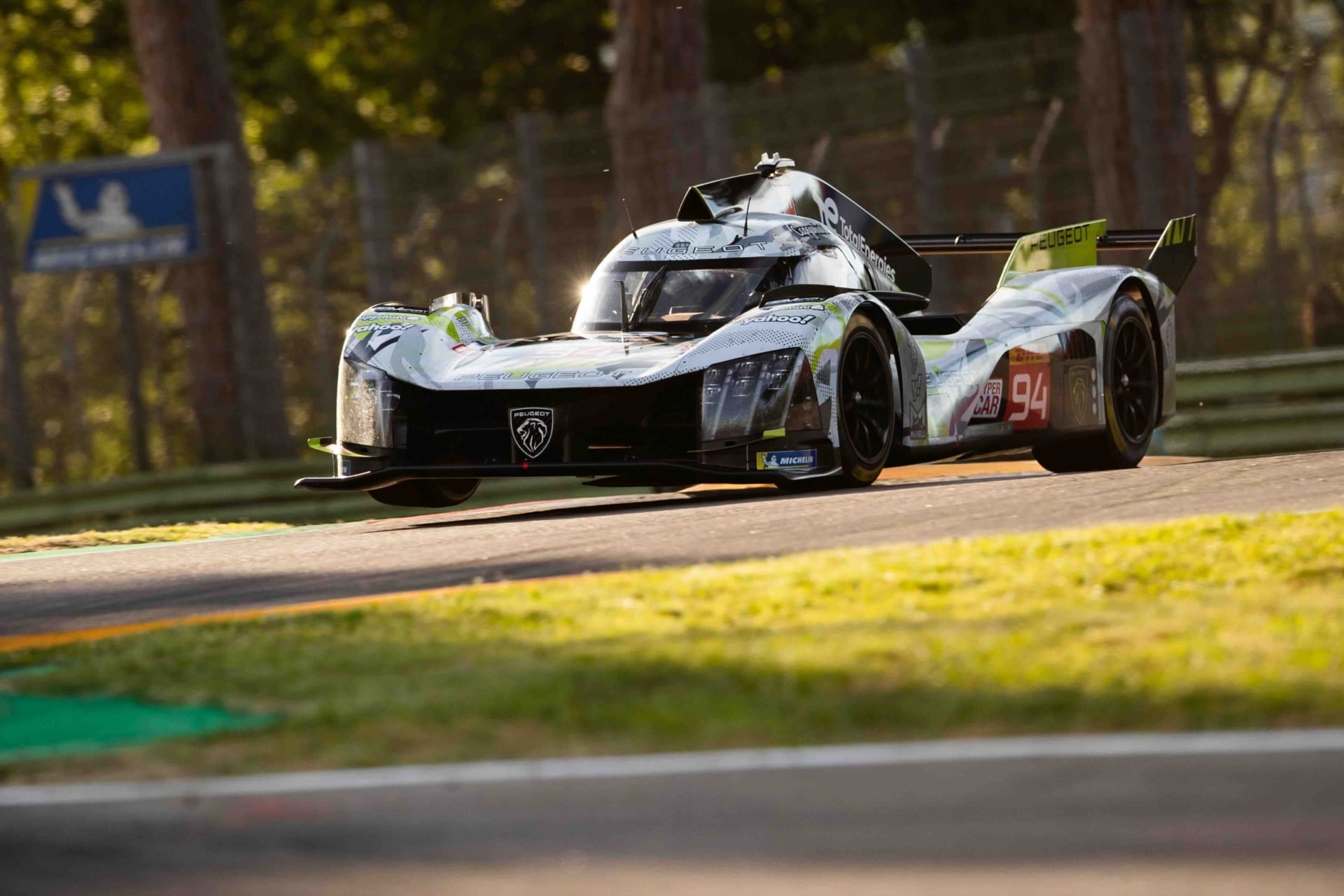
20 04 2024
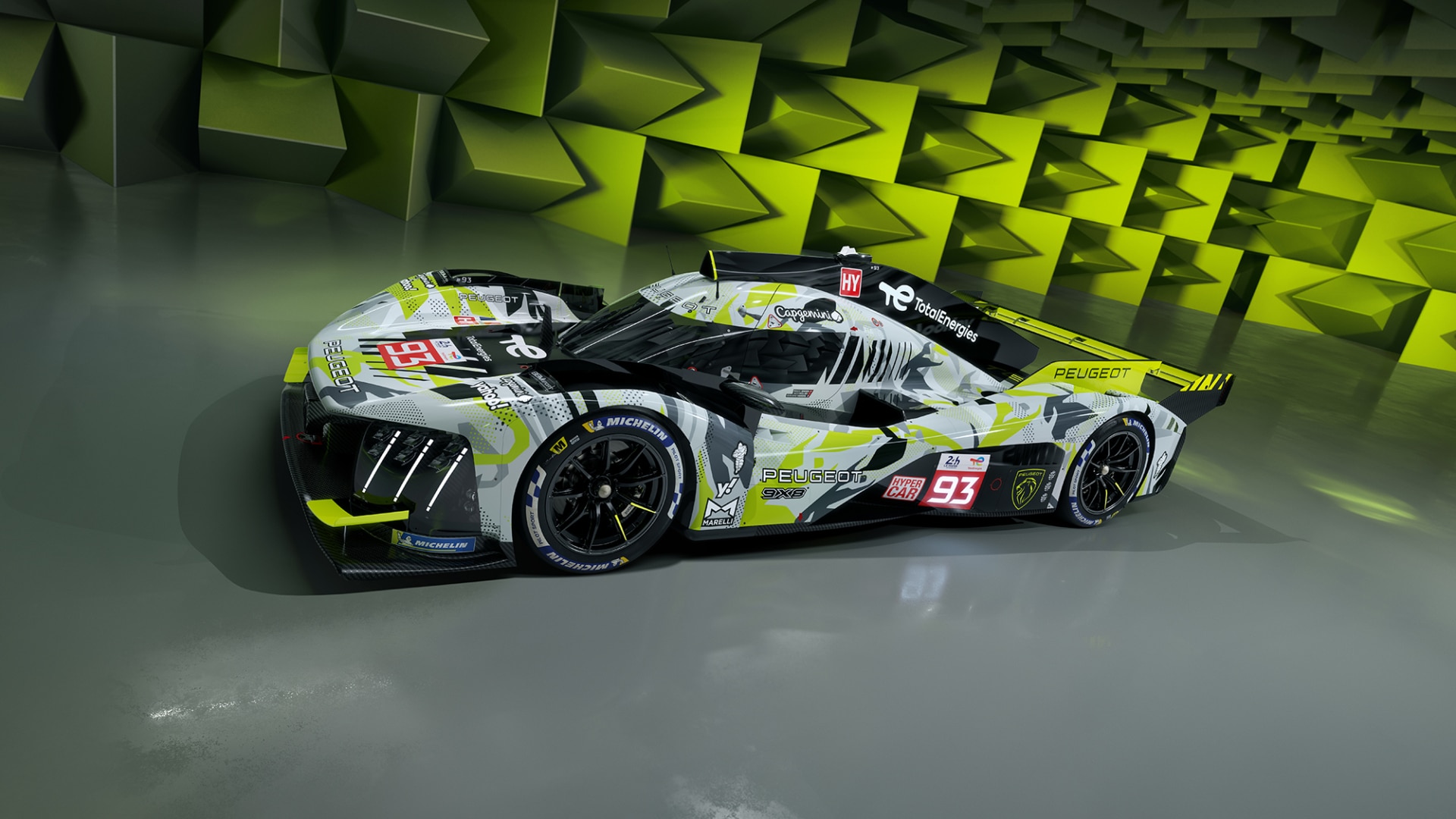
16 04 2024

23 03 2024

03 03 2024
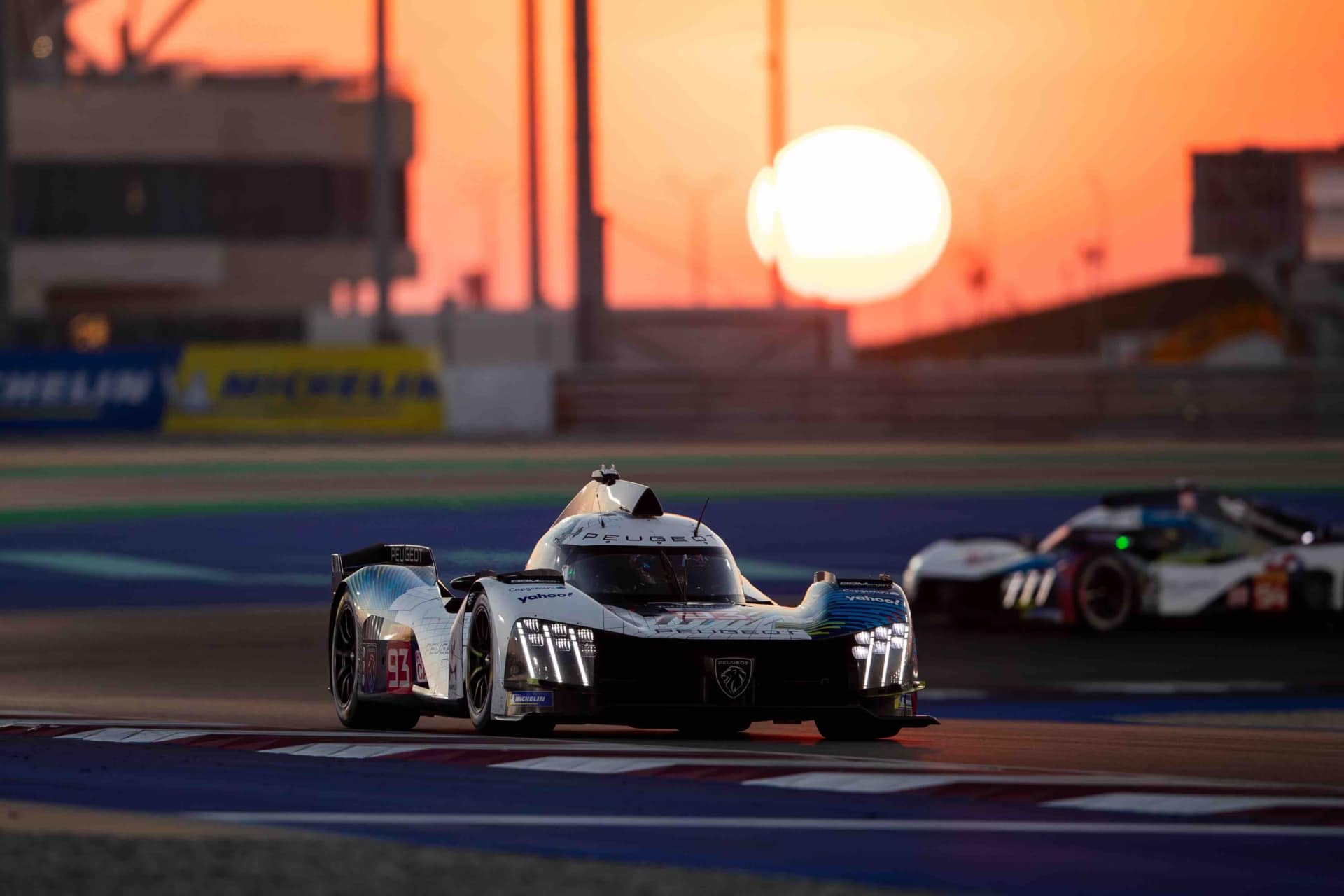
01 03 2024

20 02 2024

14 02 2024
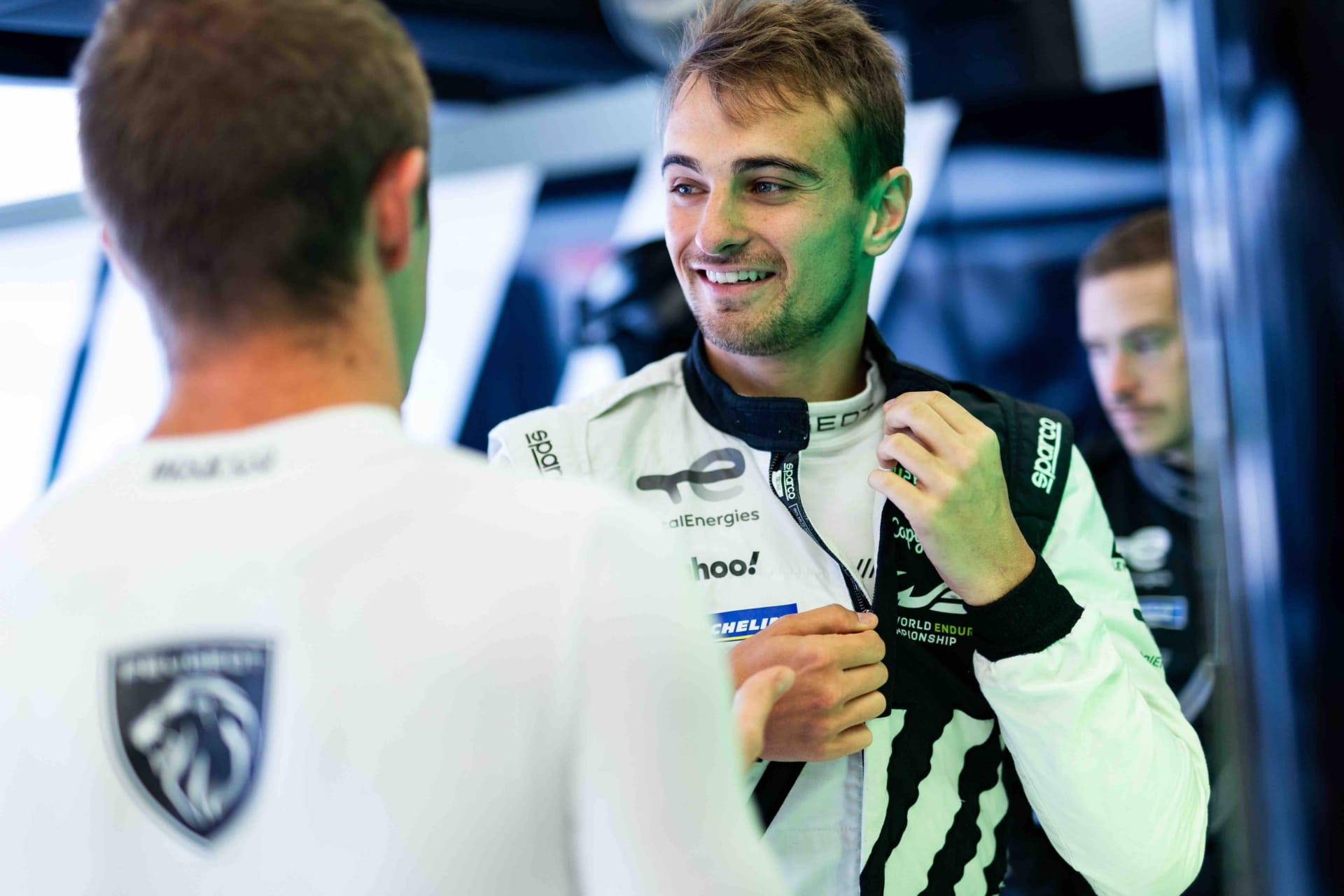
30 01 2024

24 01 2024

19 01 2024

16 01 2024

05 01 2024
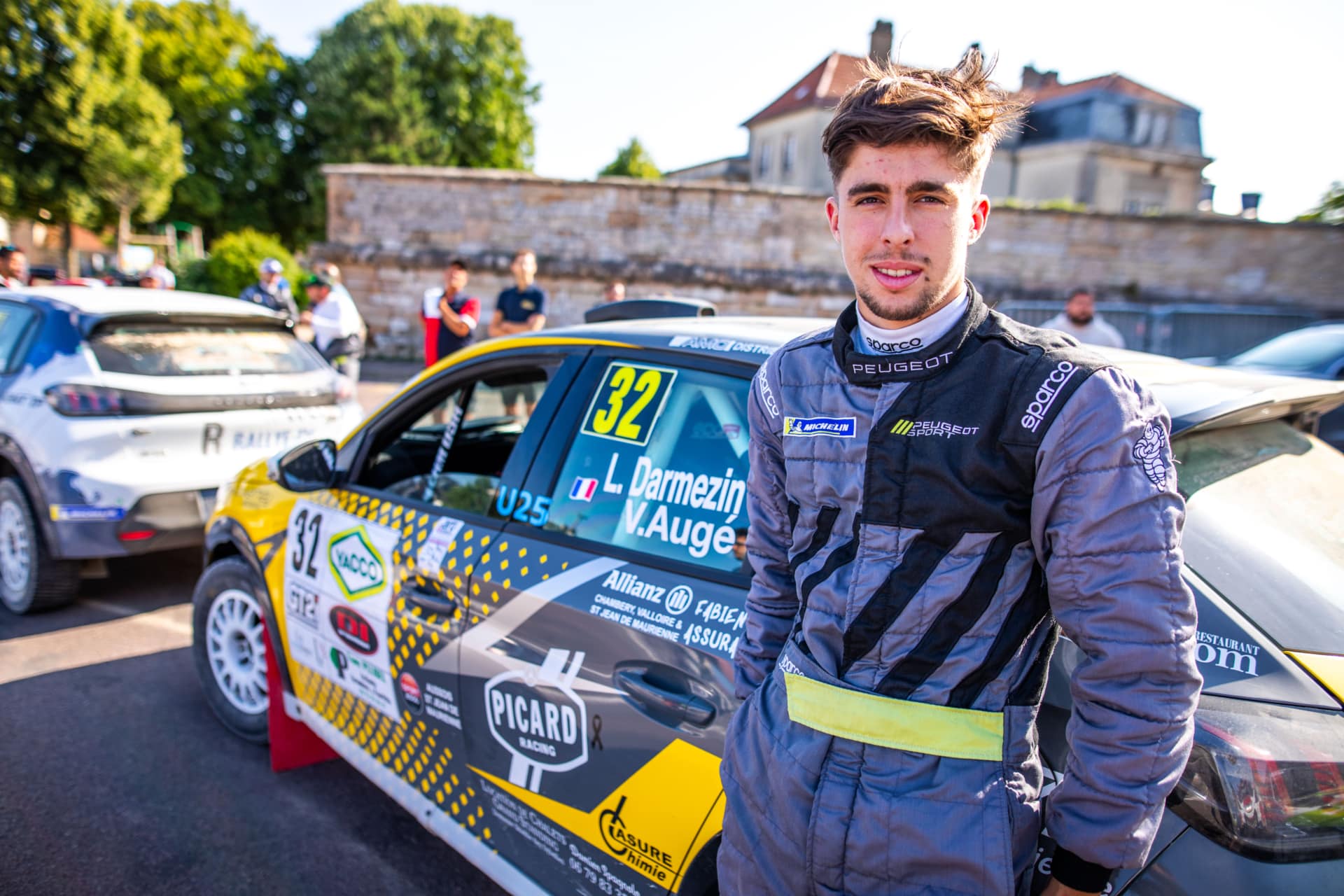
03 01 2024

21 12 2023
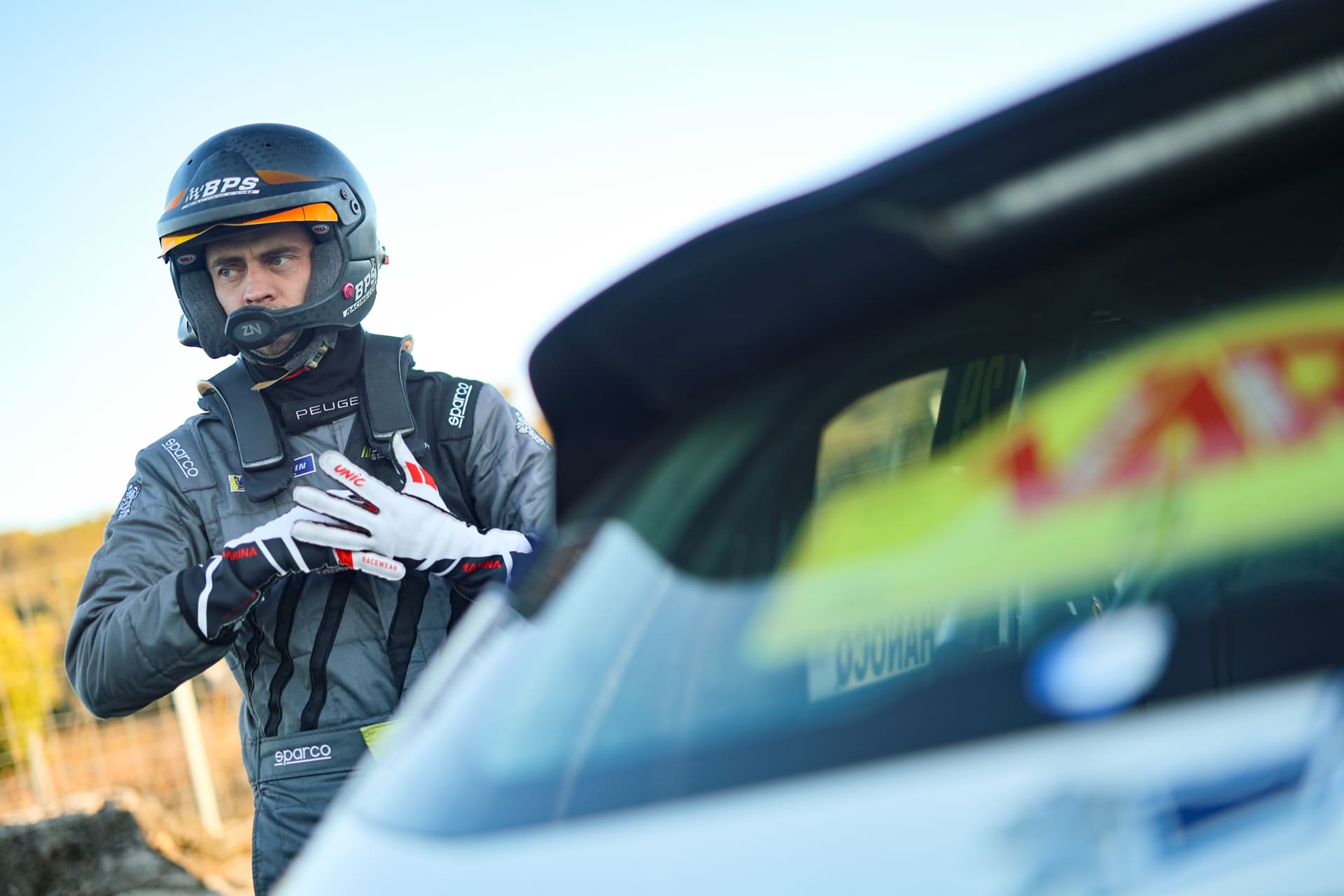
18 12 2023
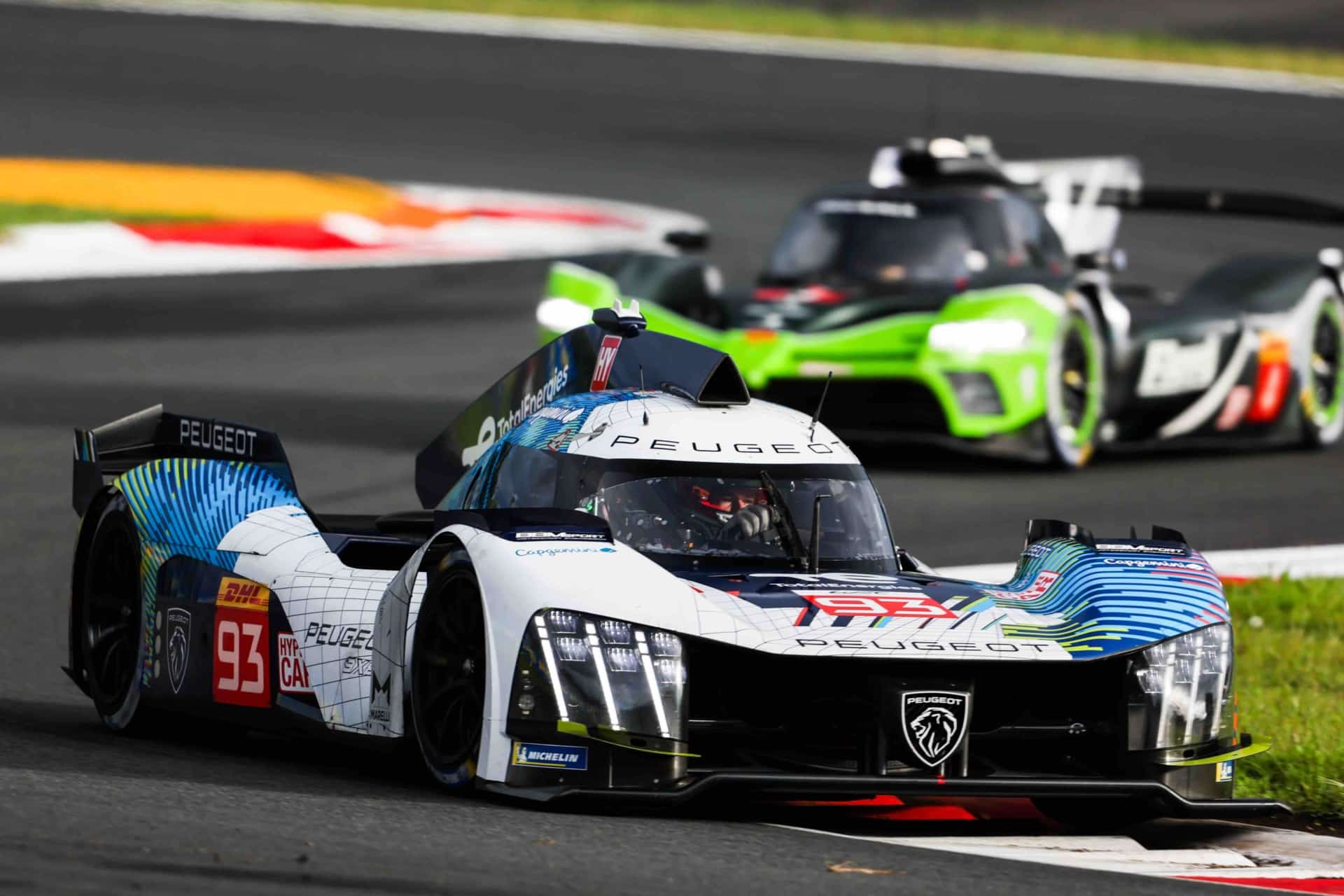
04 12 2023
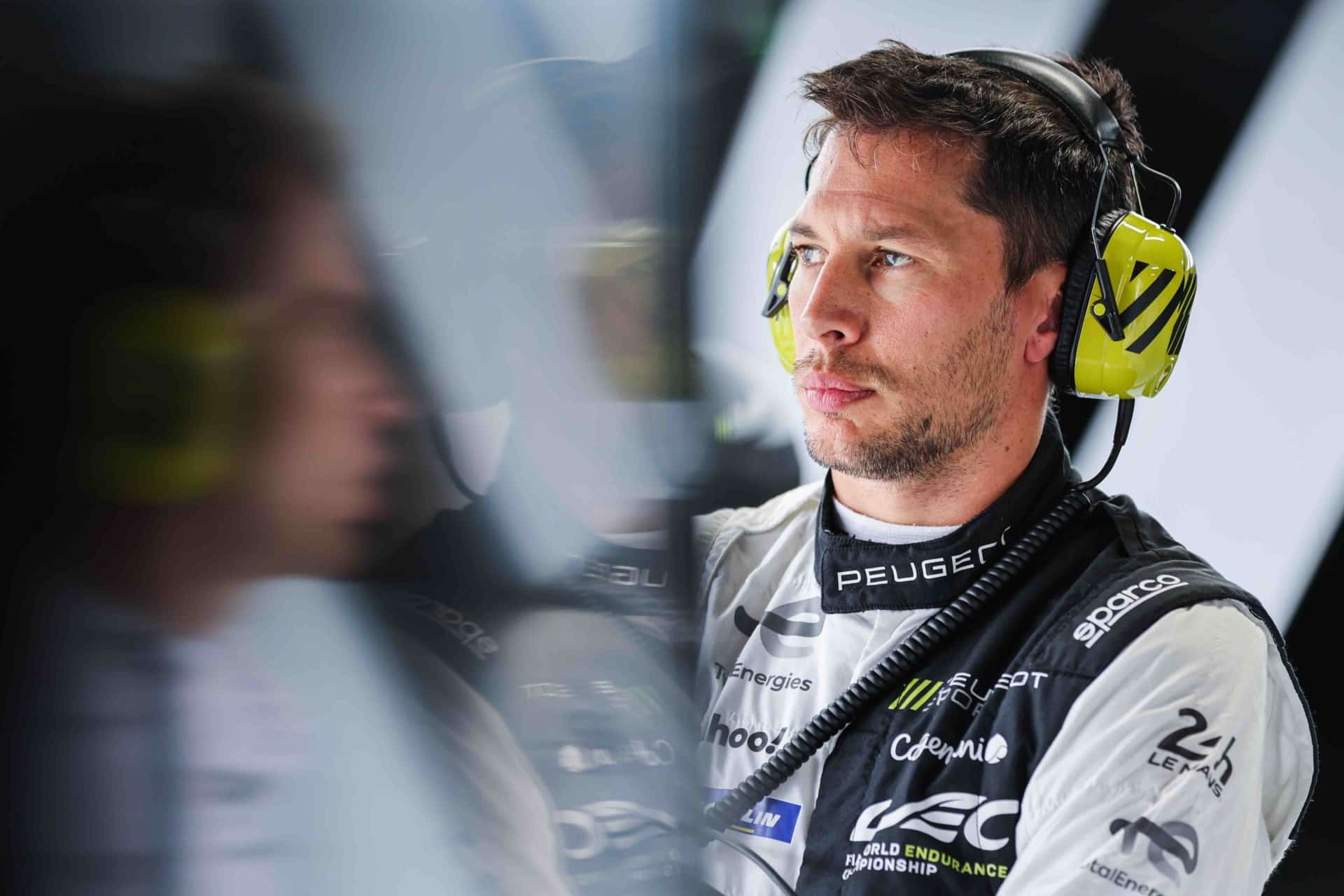
27 11 2023
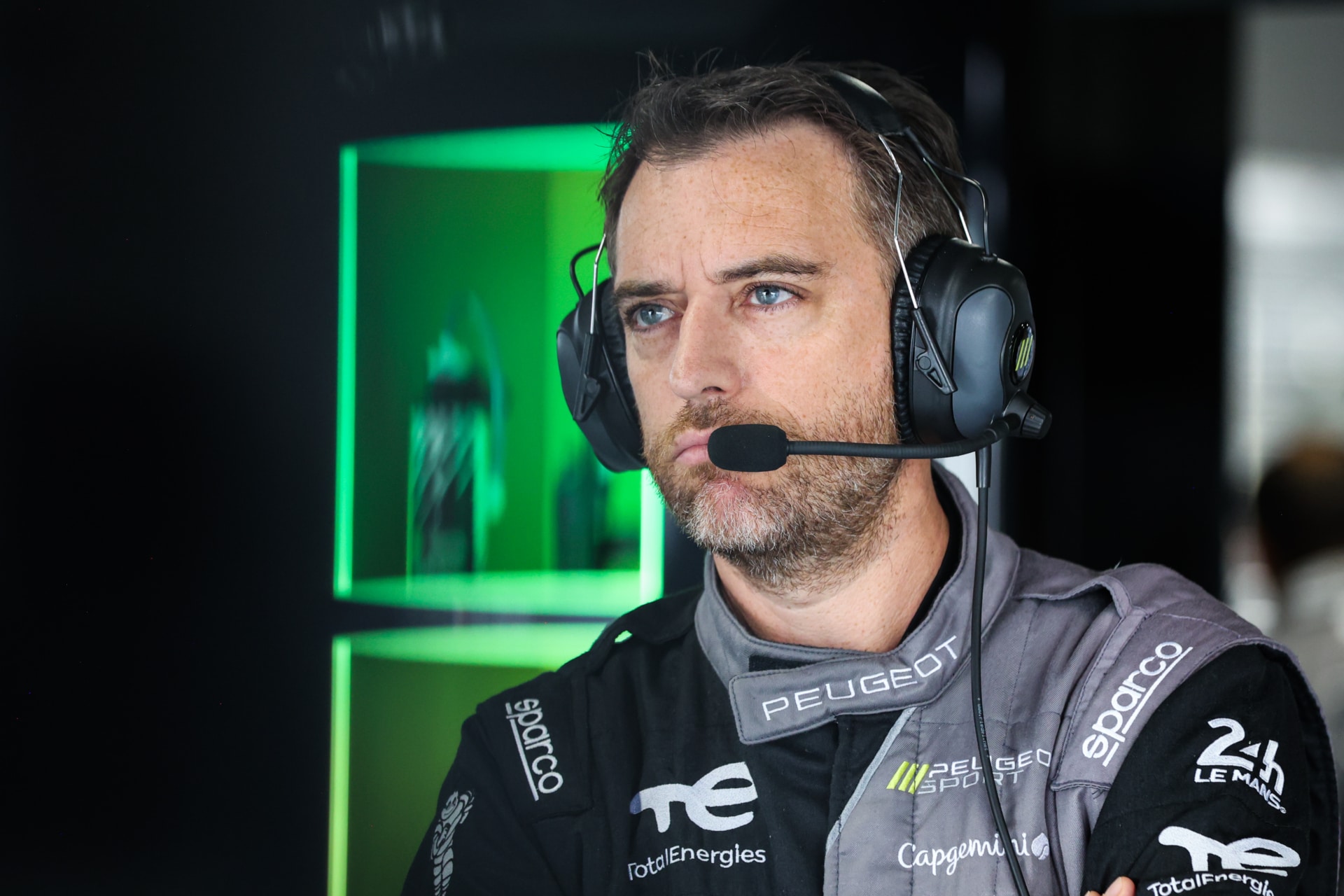
21 11 2023

06 11 2023
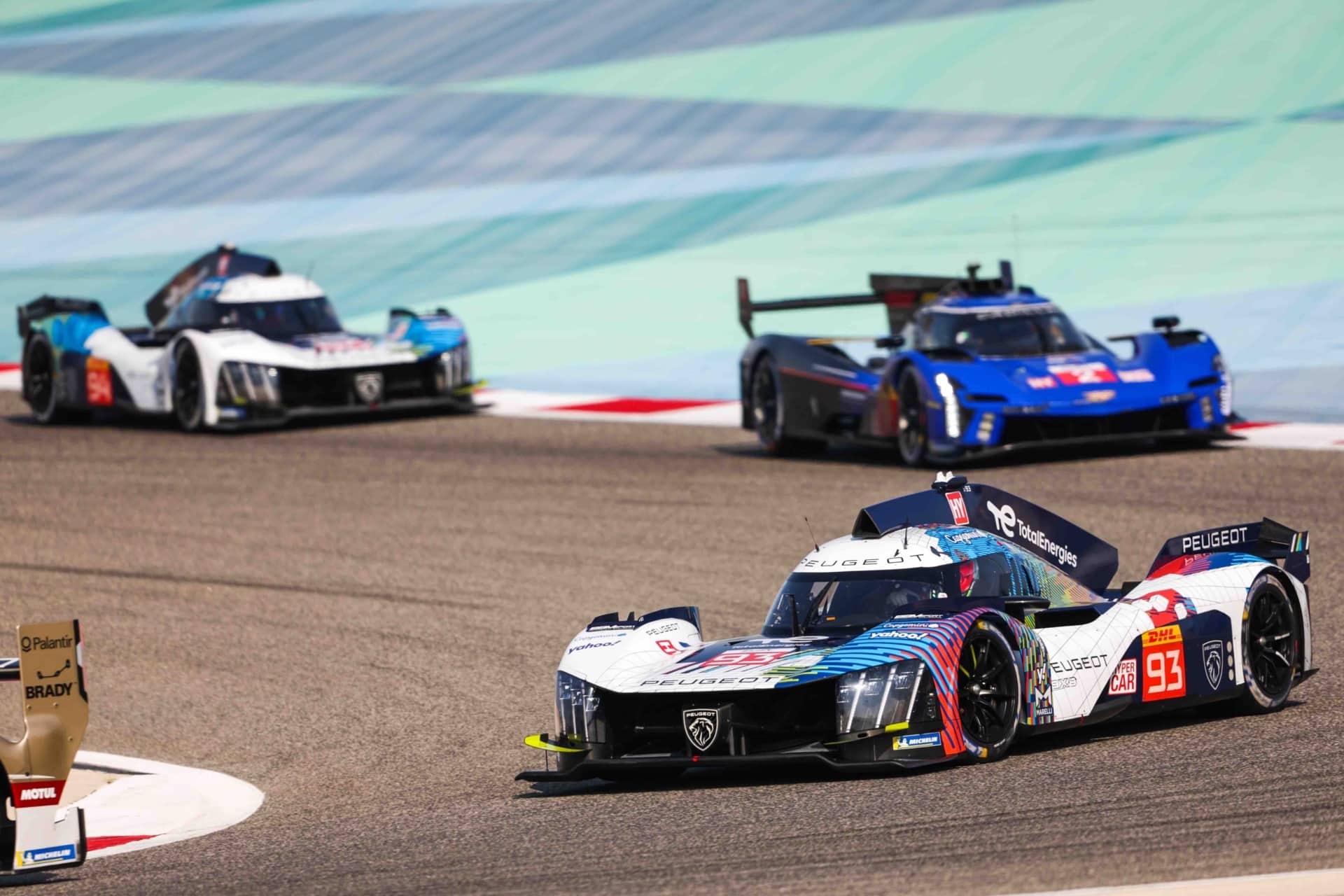
04 11 2023
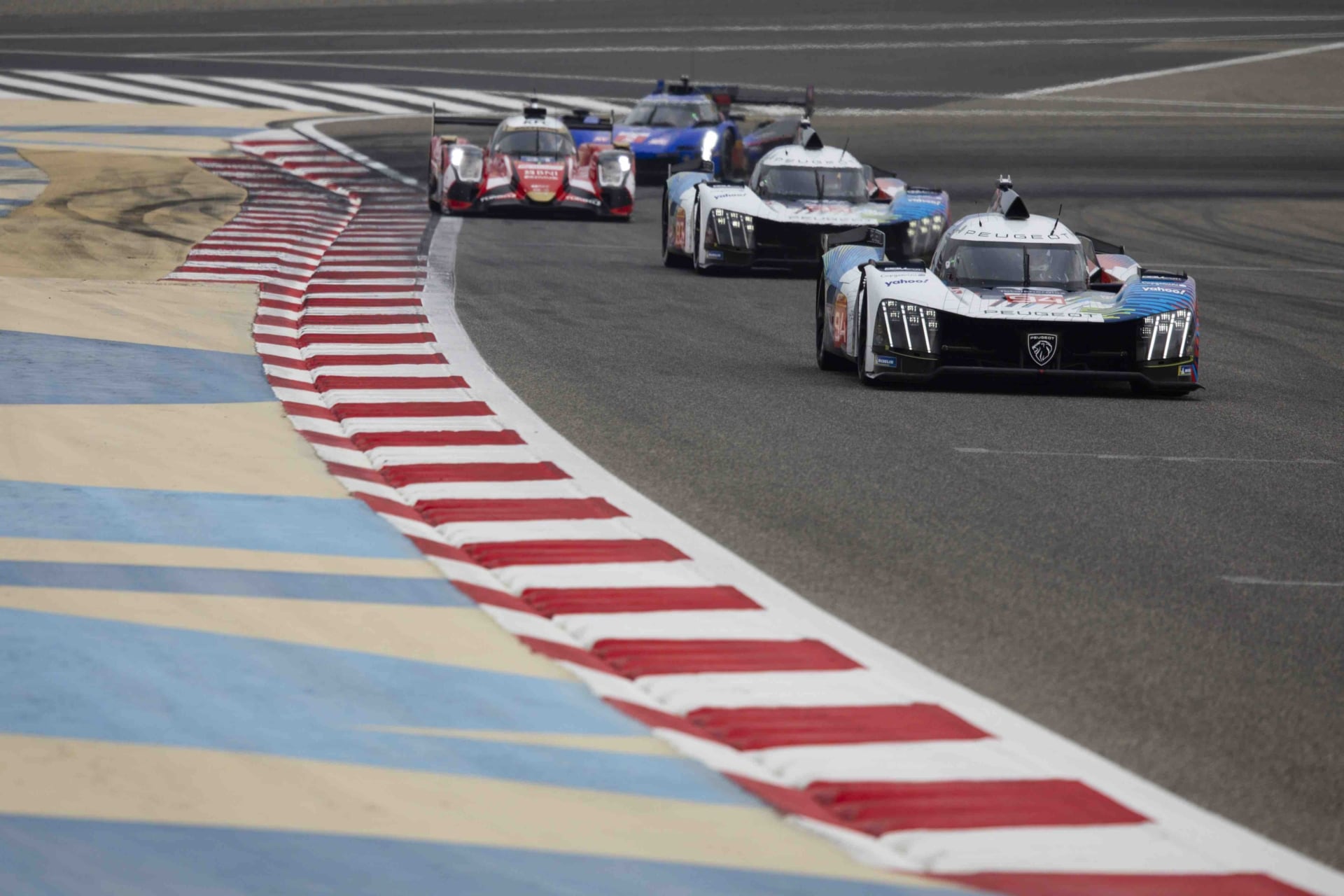
03 11 2023
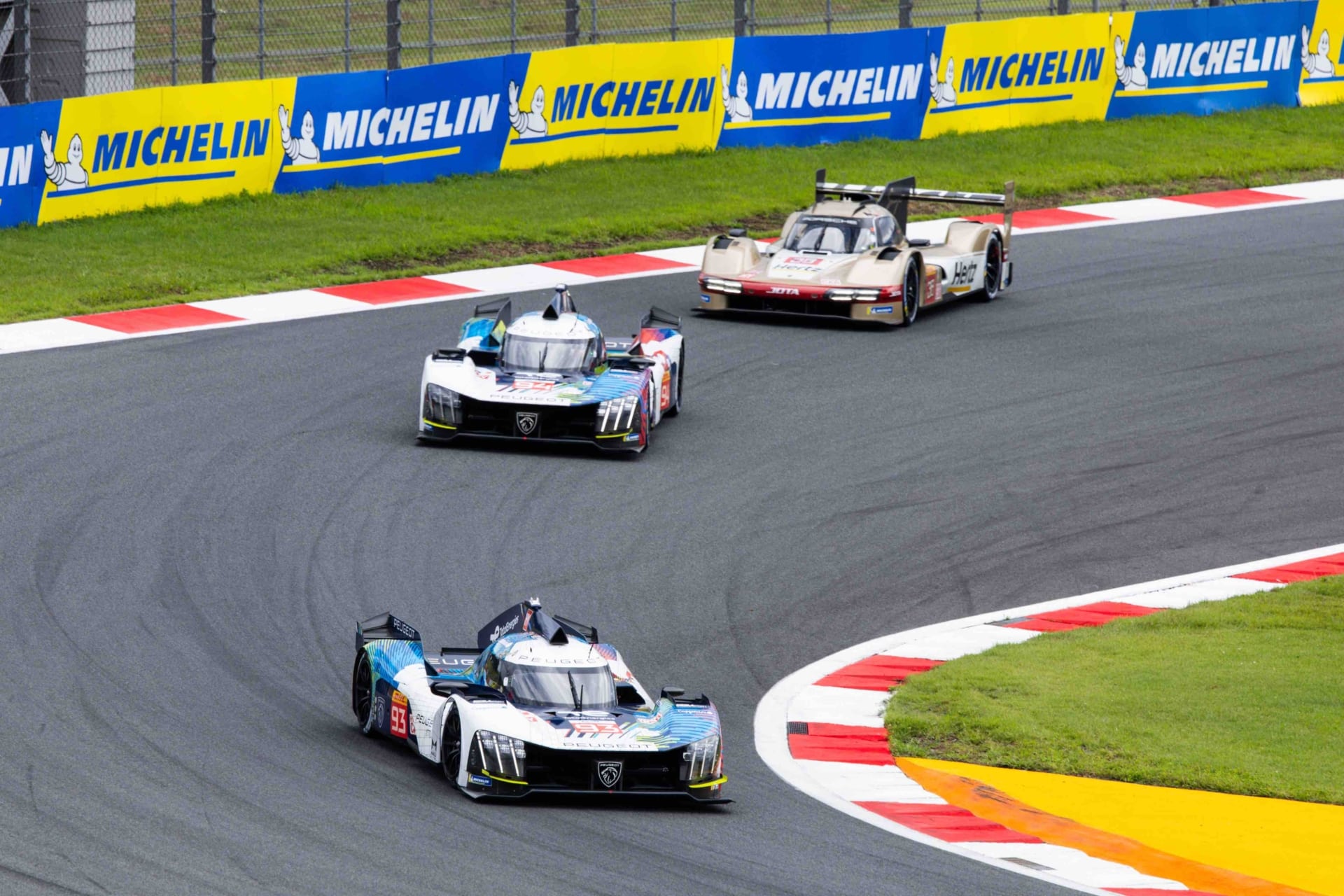
30 10 2023

09 10 2023
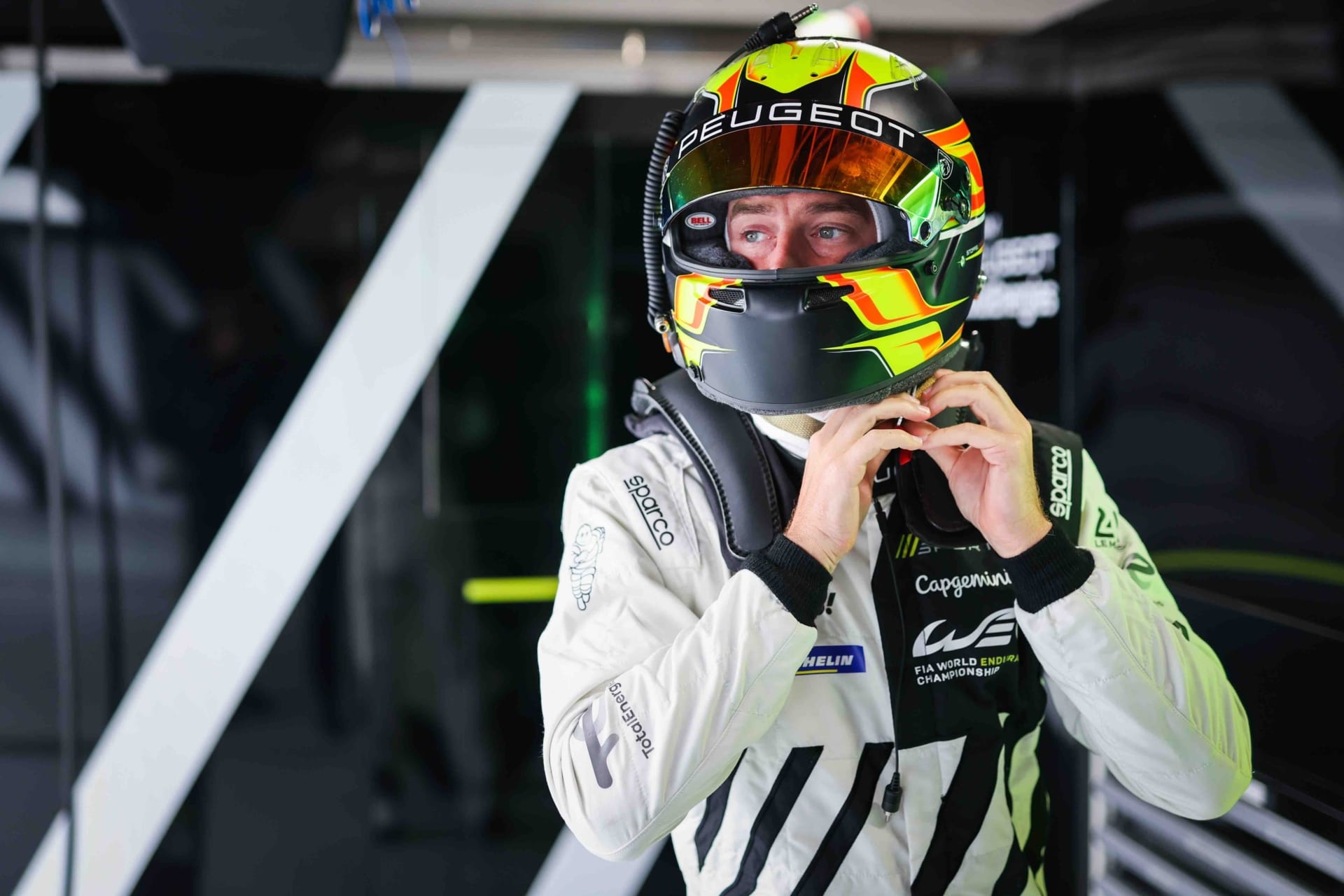
21 09 2023
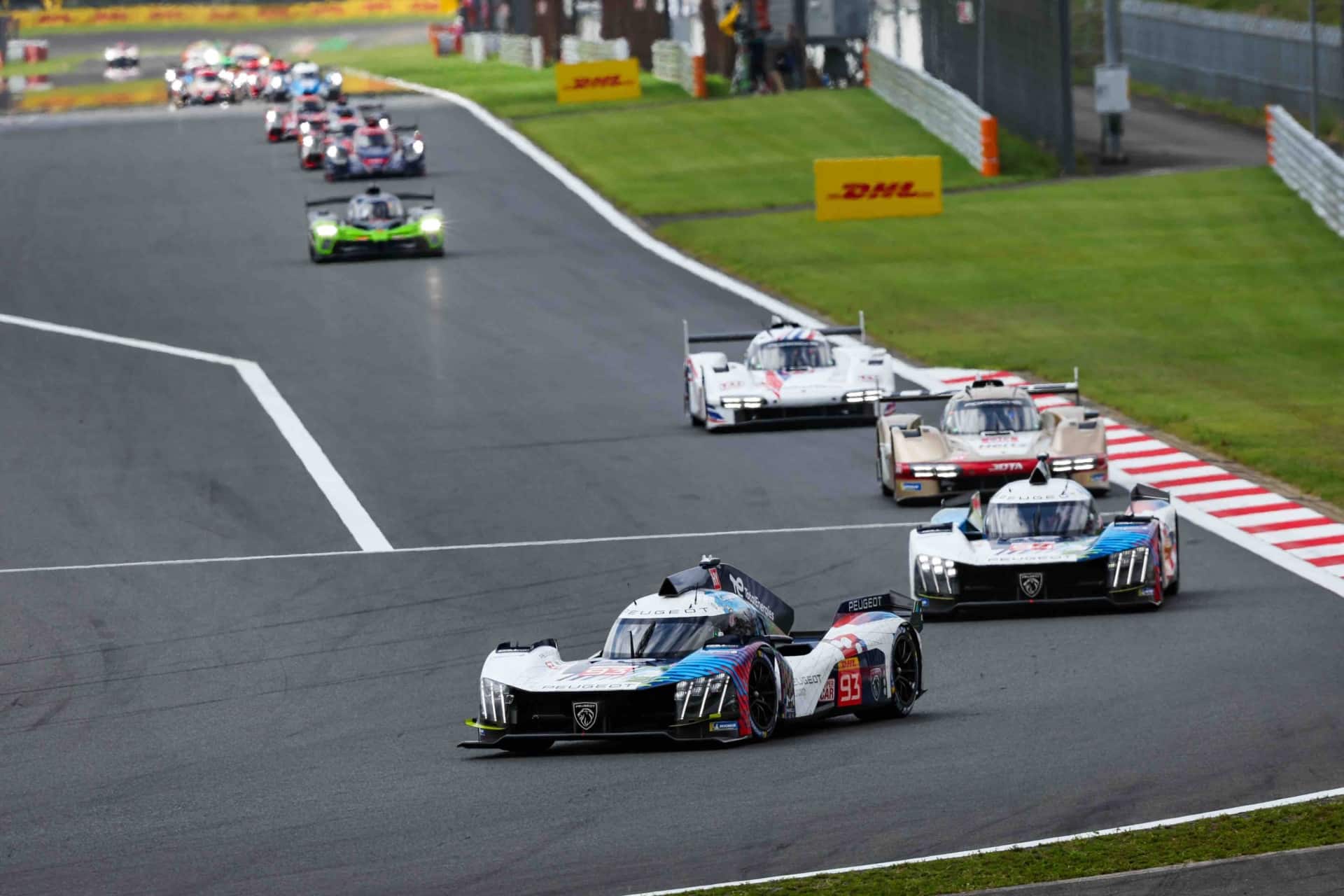
10 09 2023
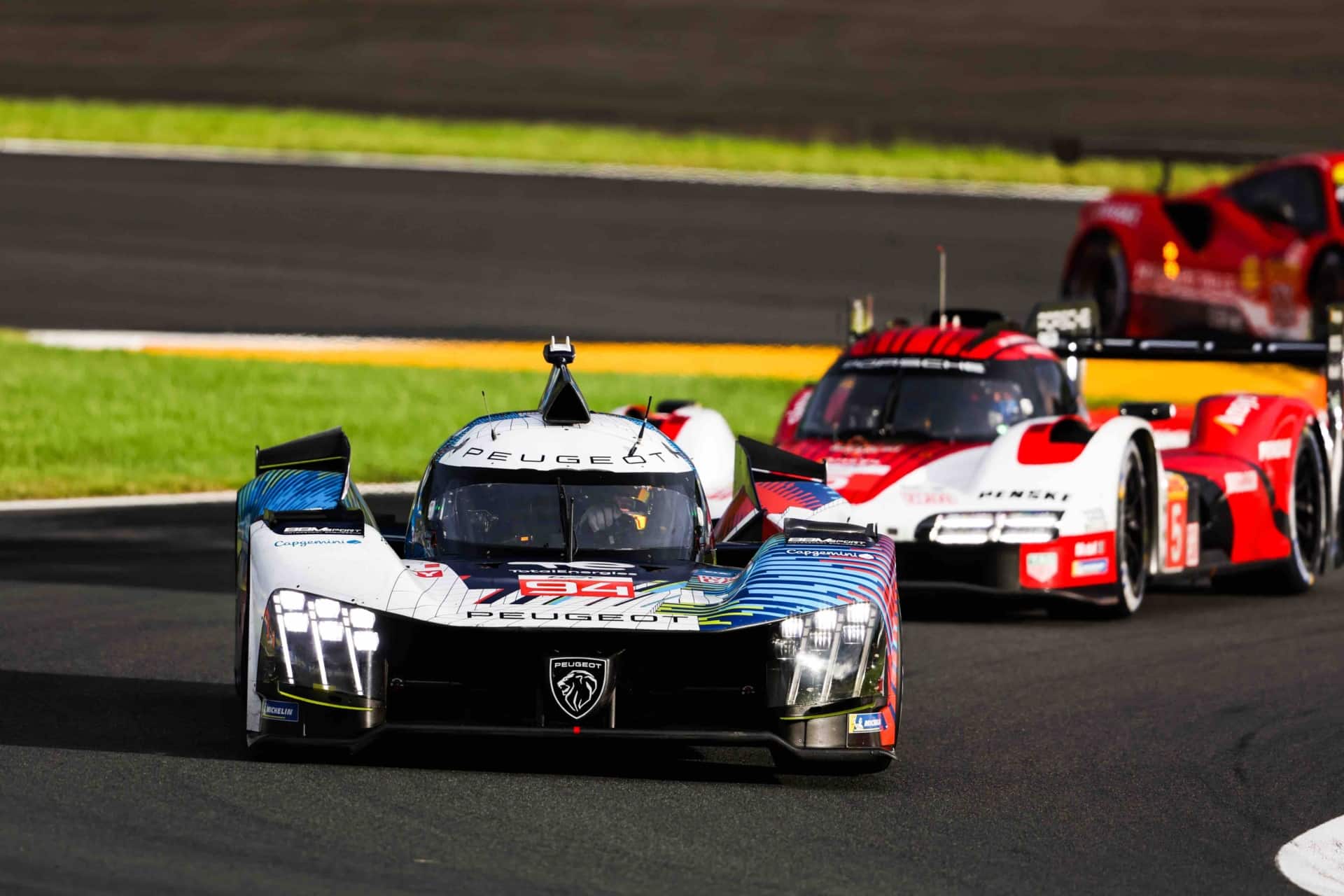
09 09 2023
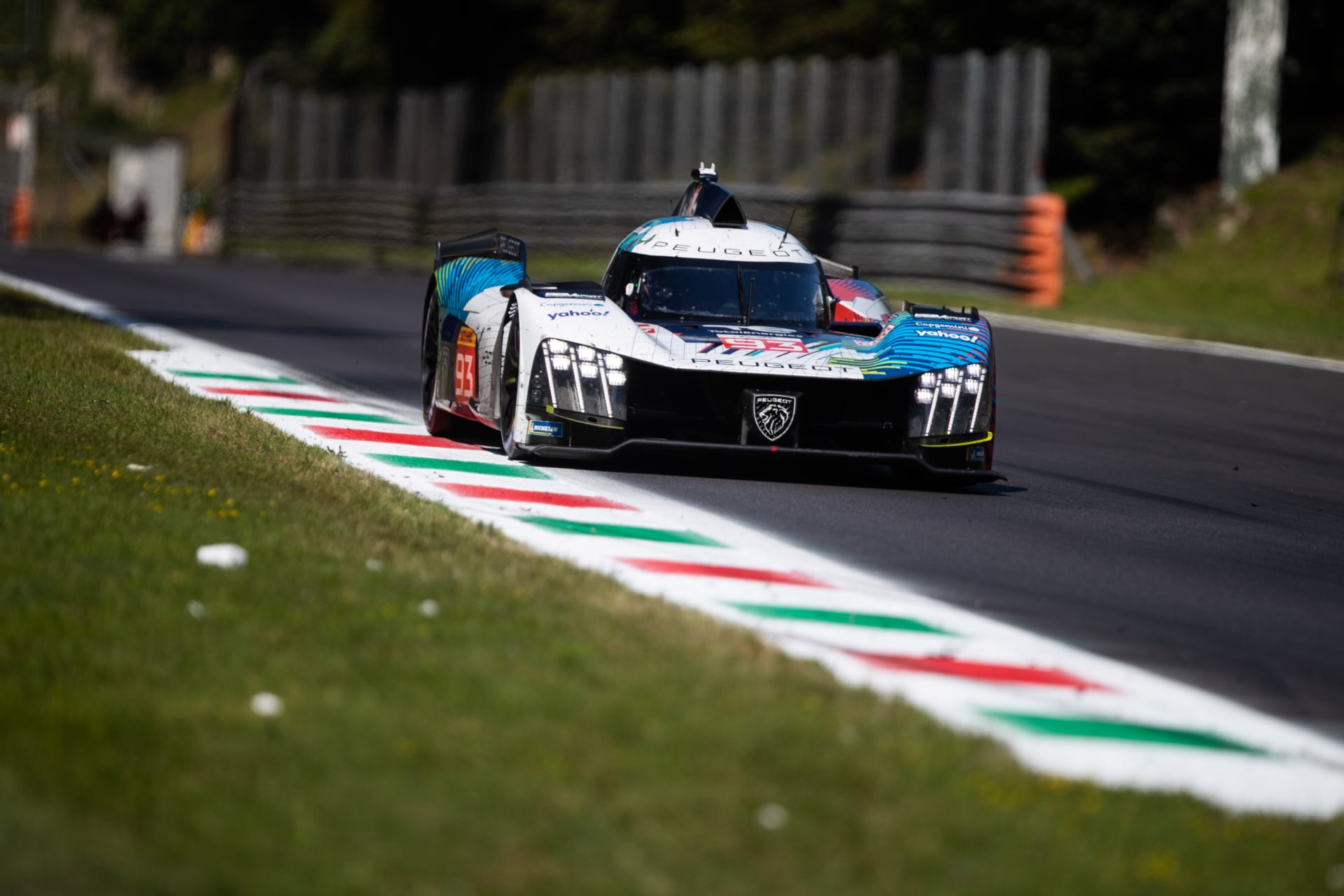
28 08 2023

22 08 2023
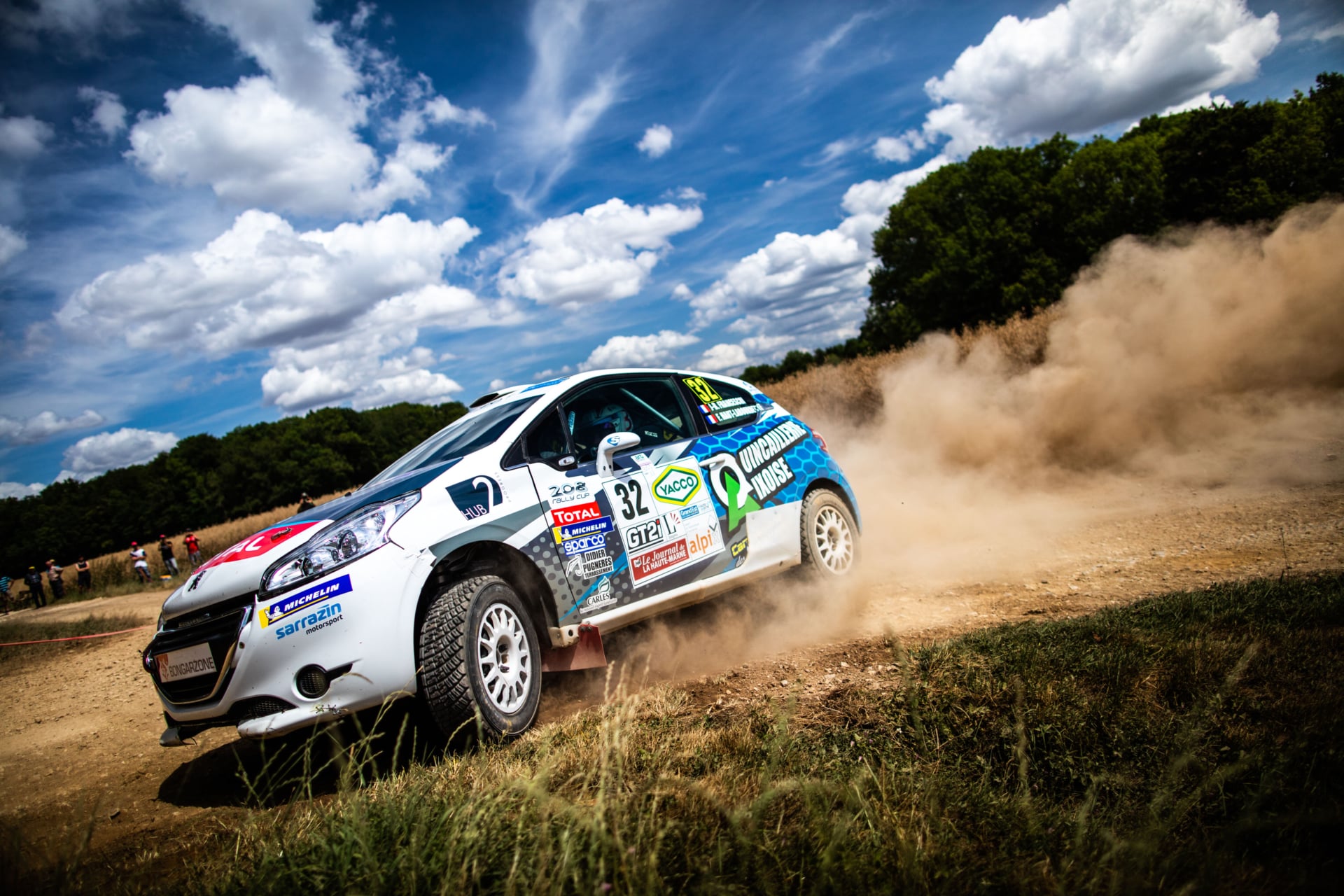
19 07 2023
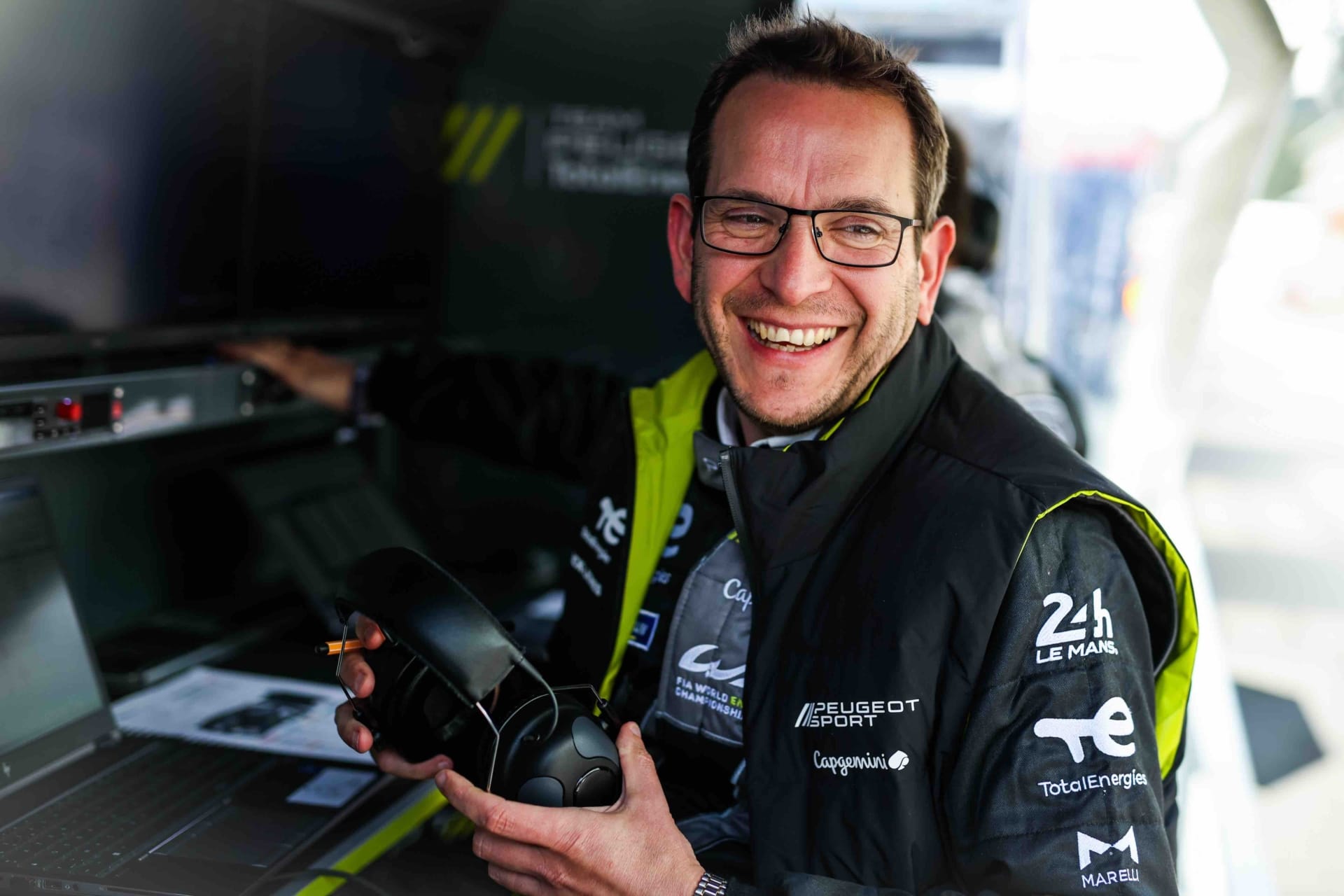
14 07 2023
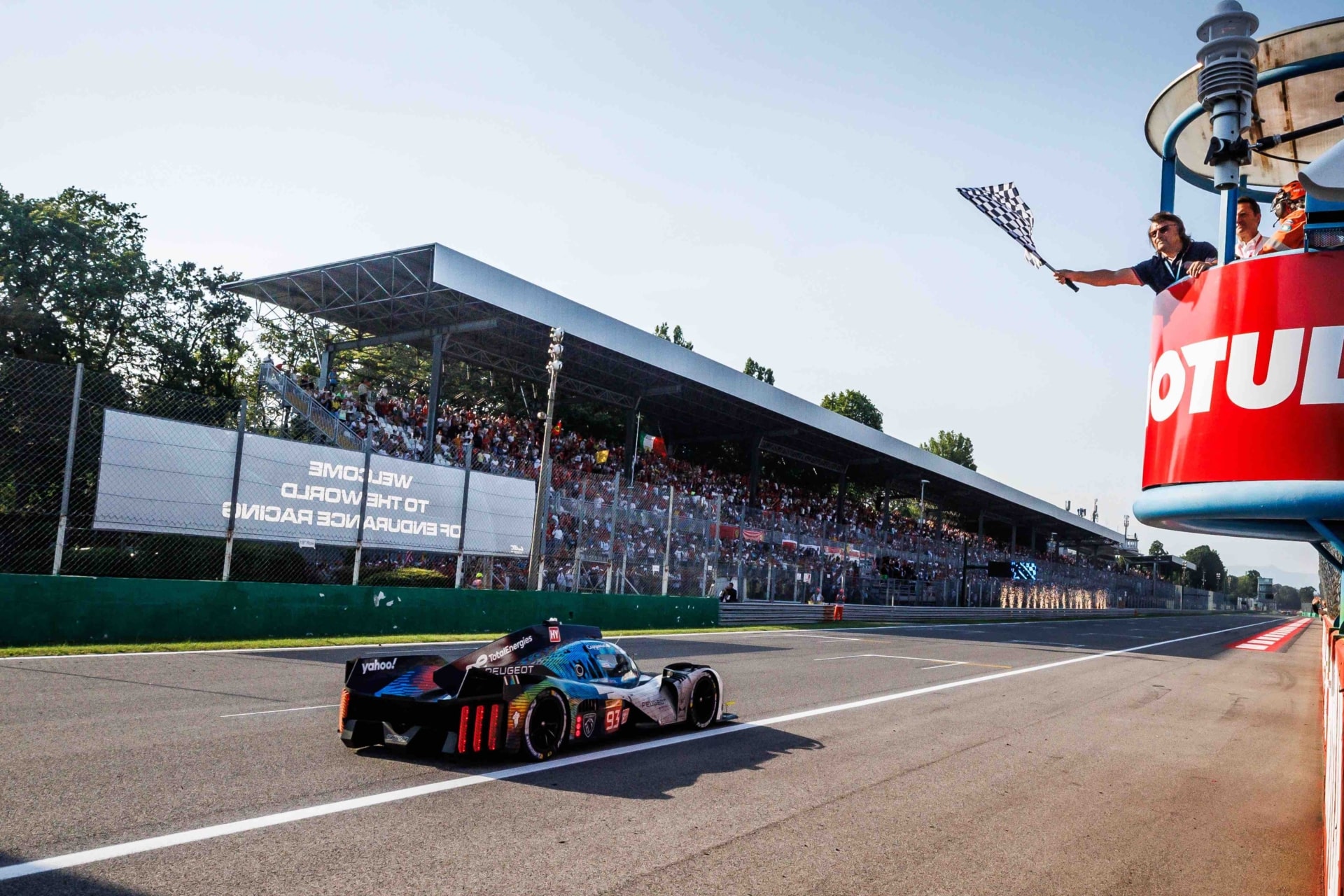
09 07 2023

08 07 2023

03 07 2023
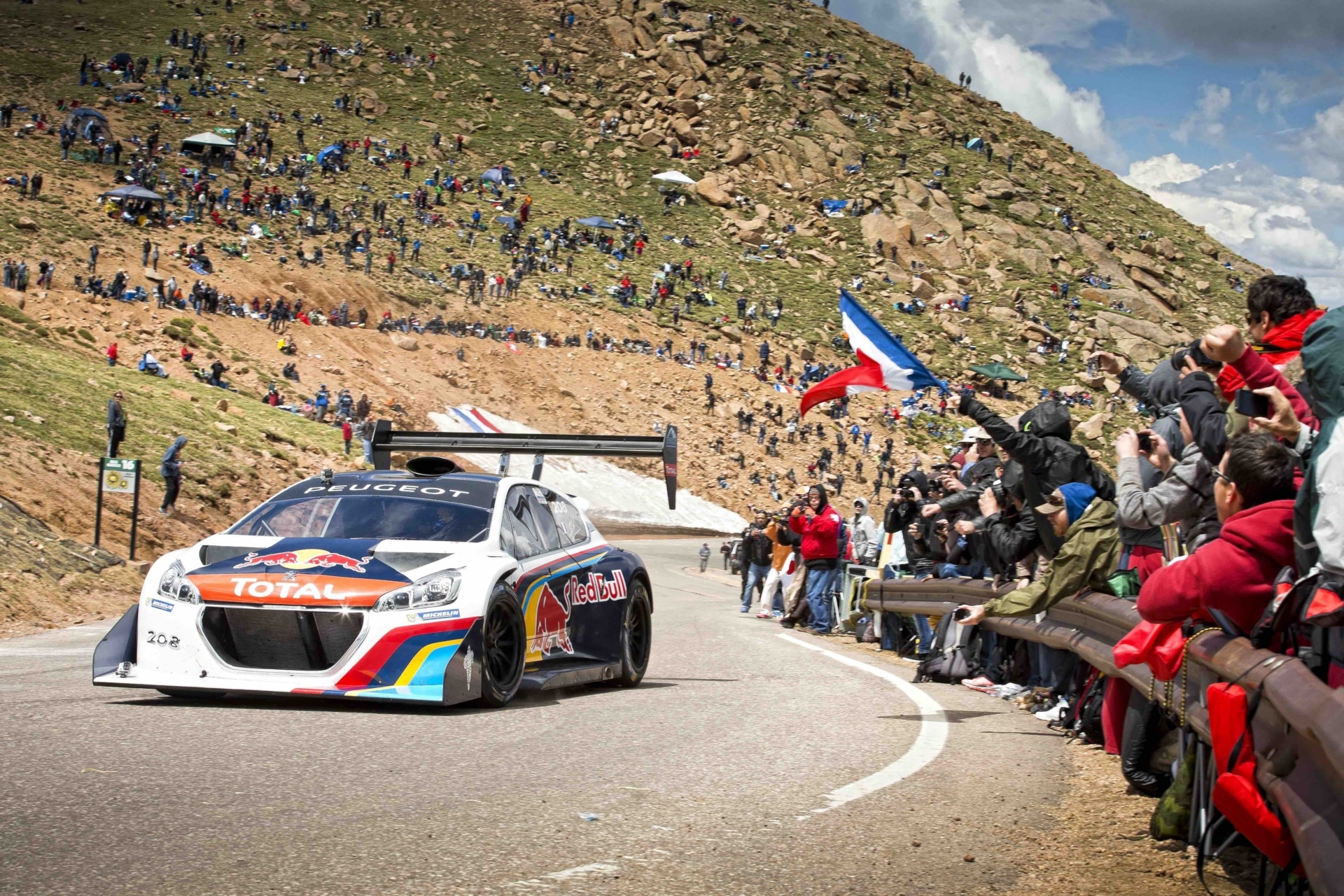
30 06 2023
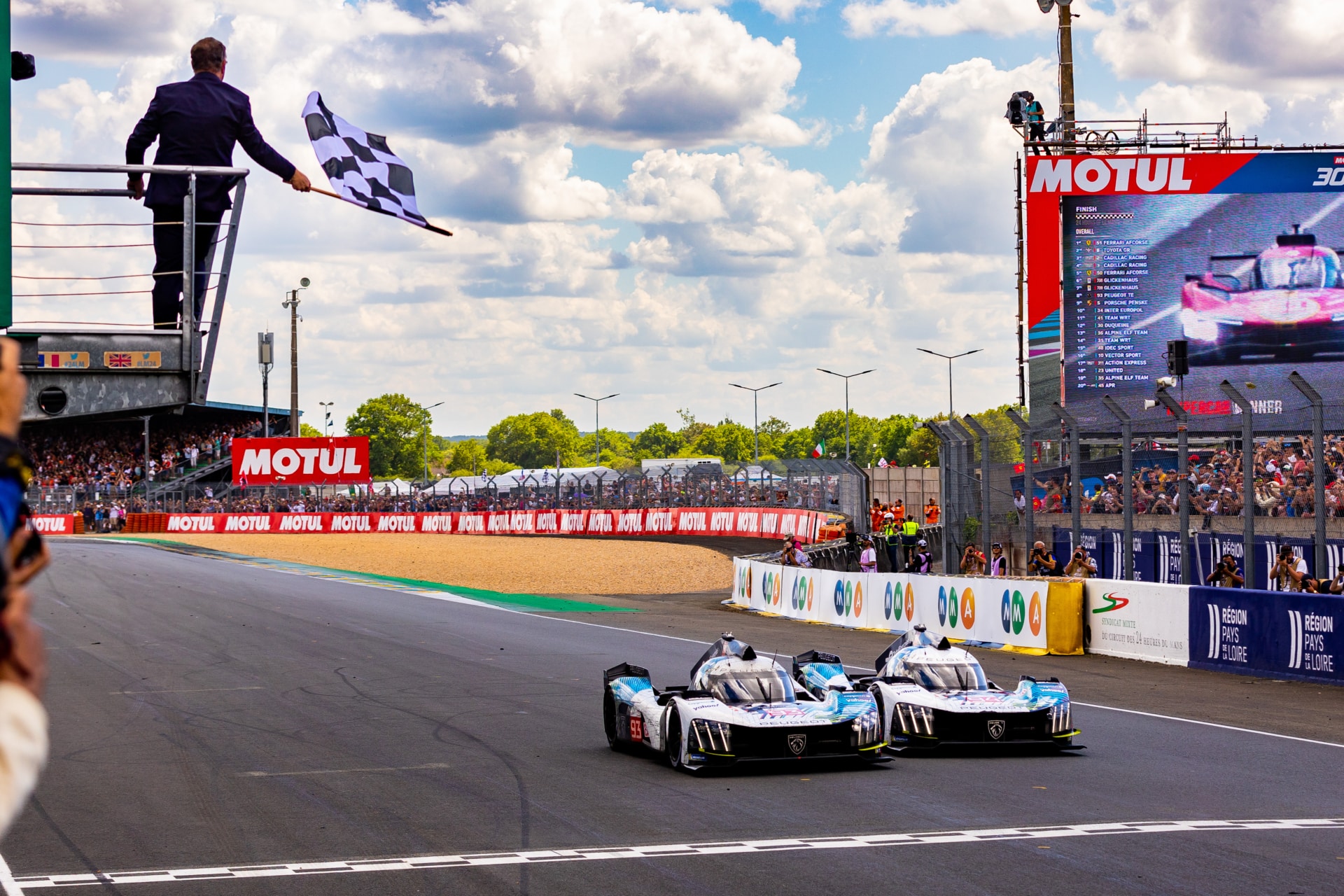
11 06 2023

11 06 2023

10 06 2023
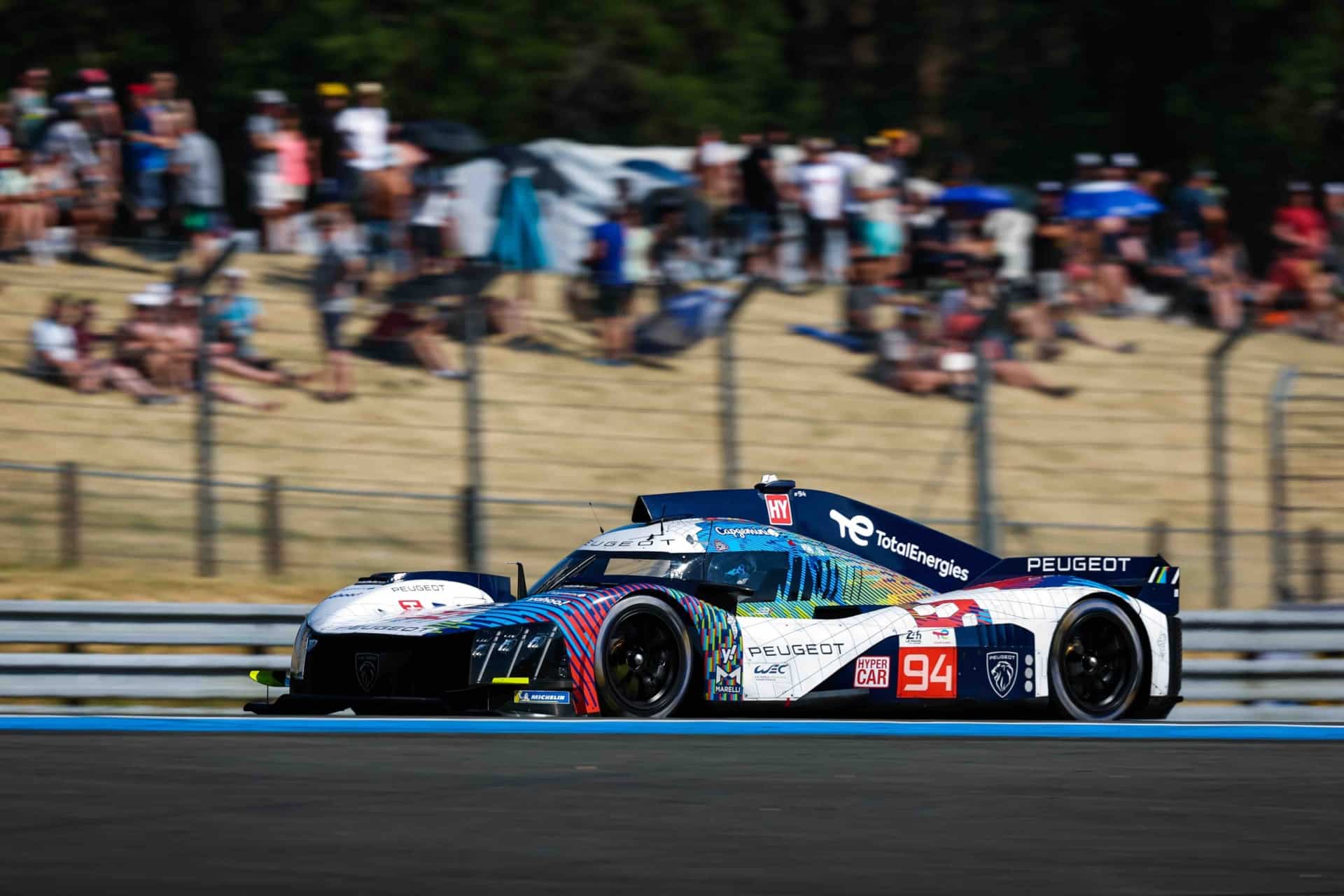
09 06 2023
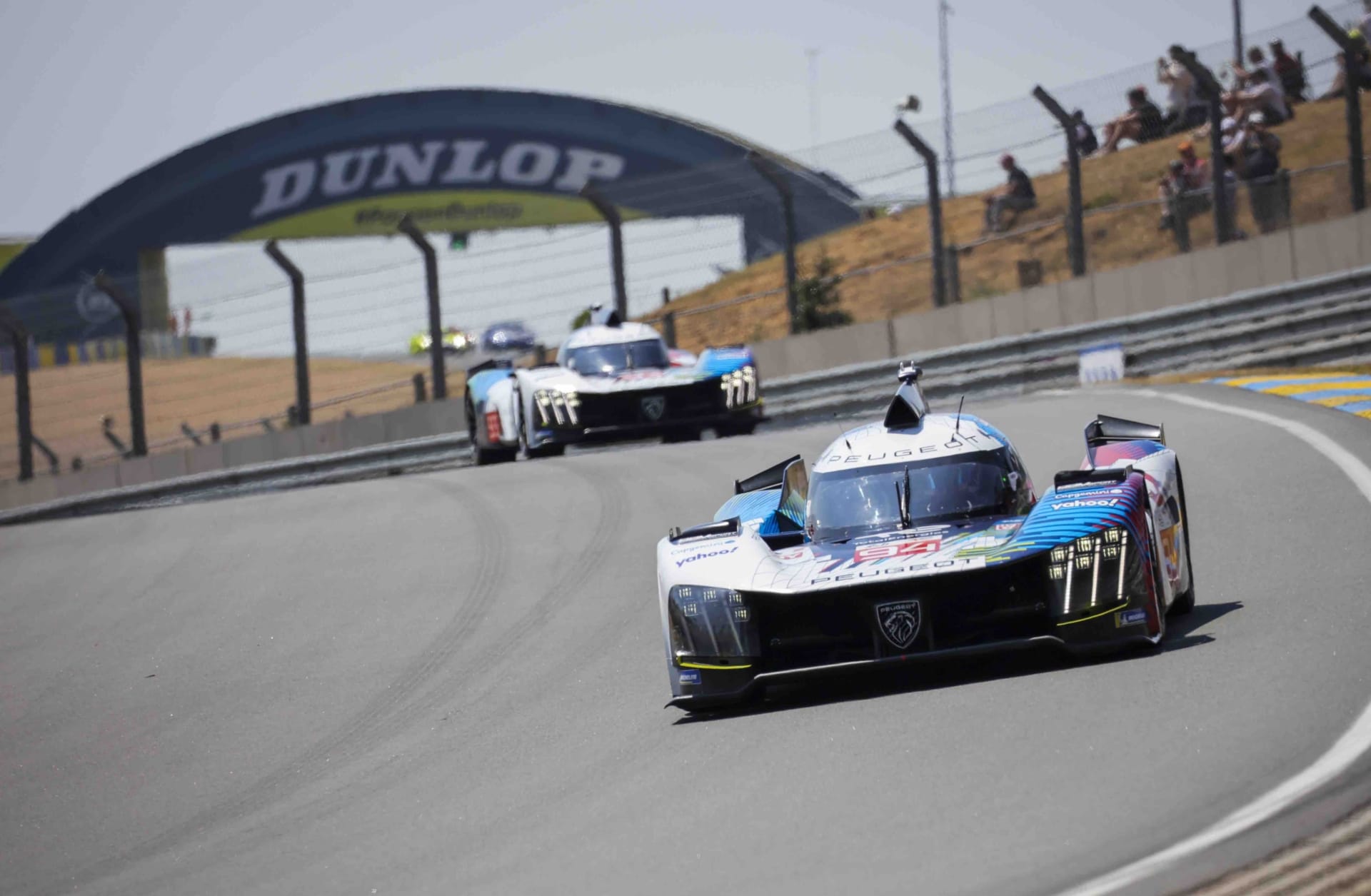
07 06 2023
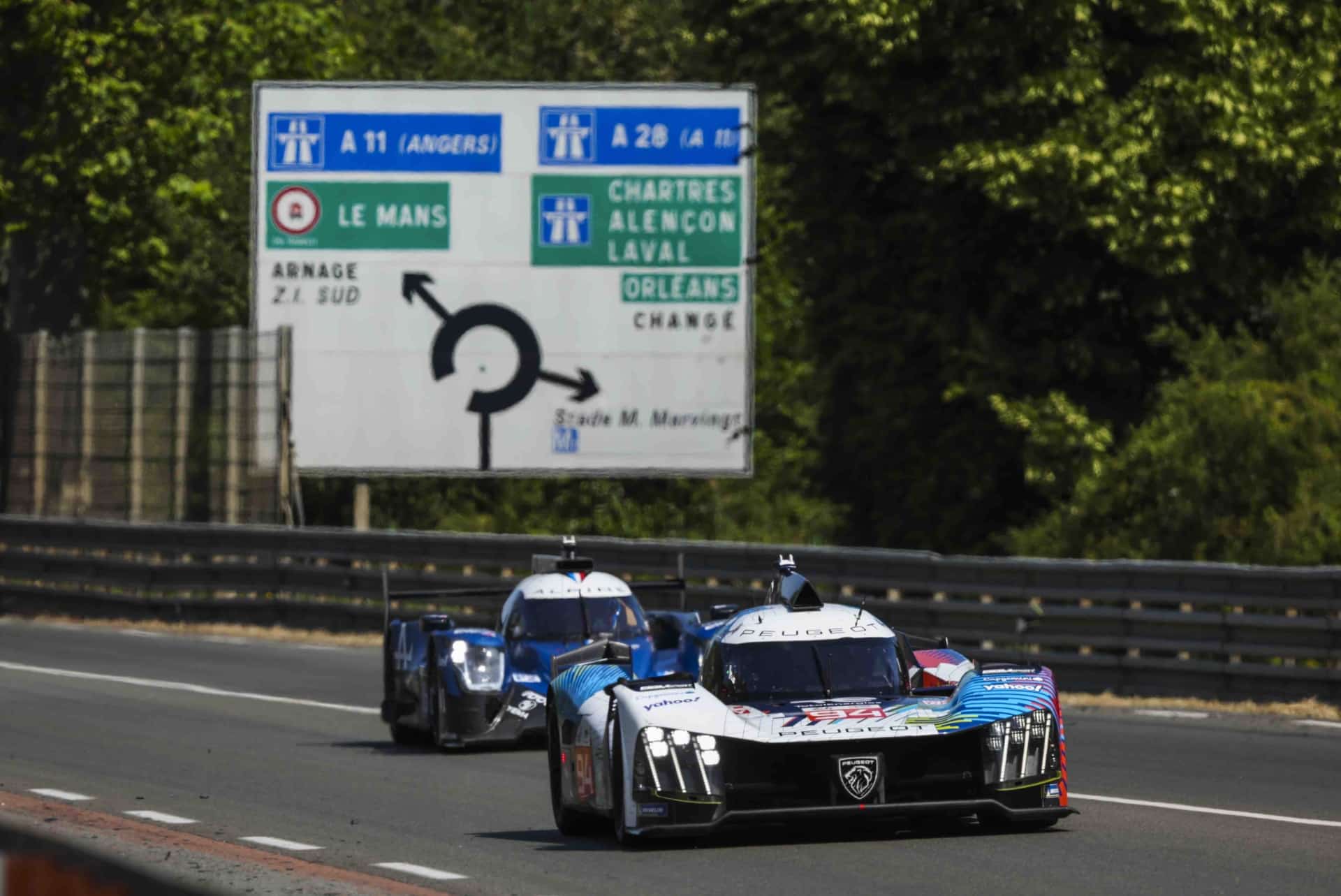
04 06 2023

03 06 2023
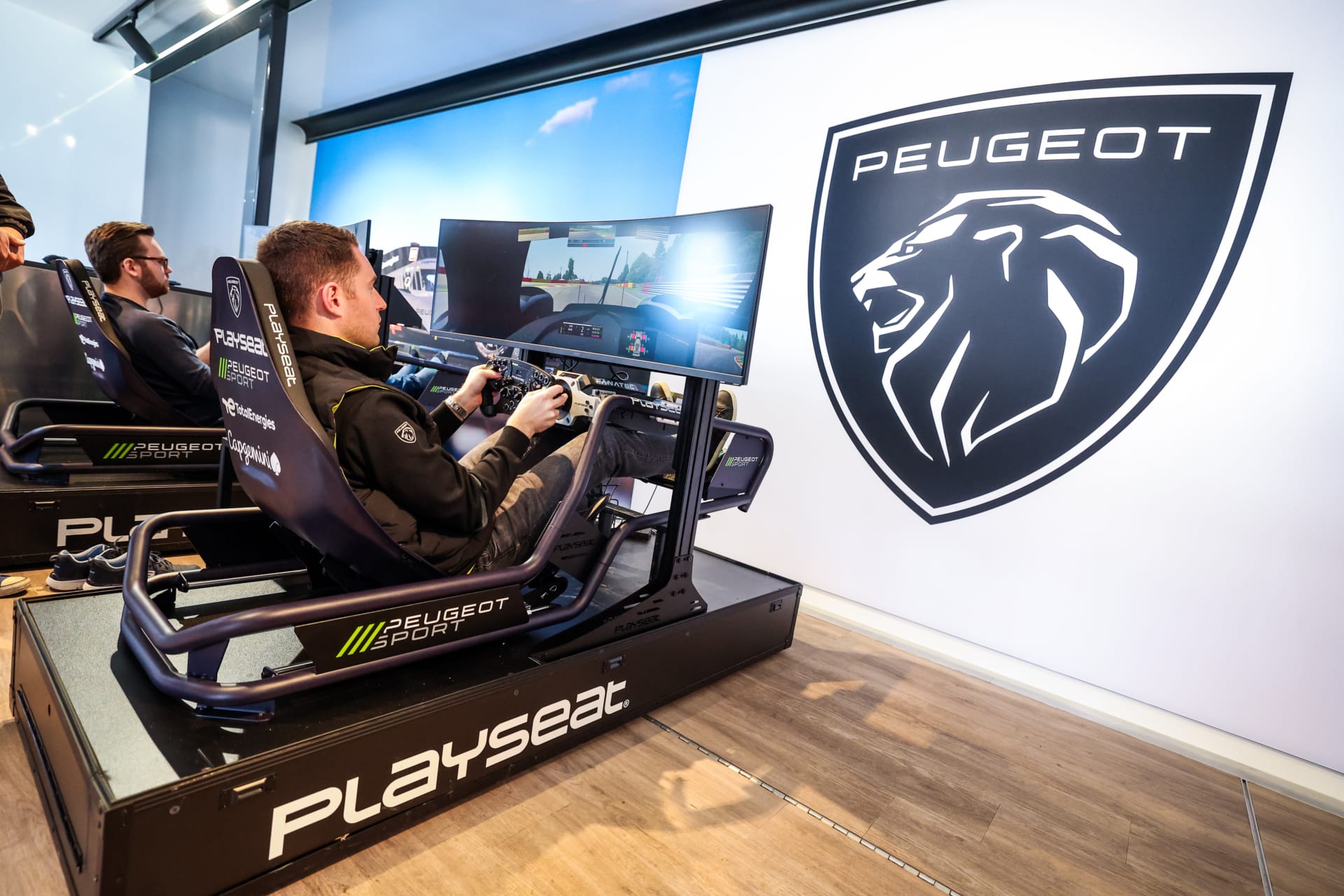
02 06 2023
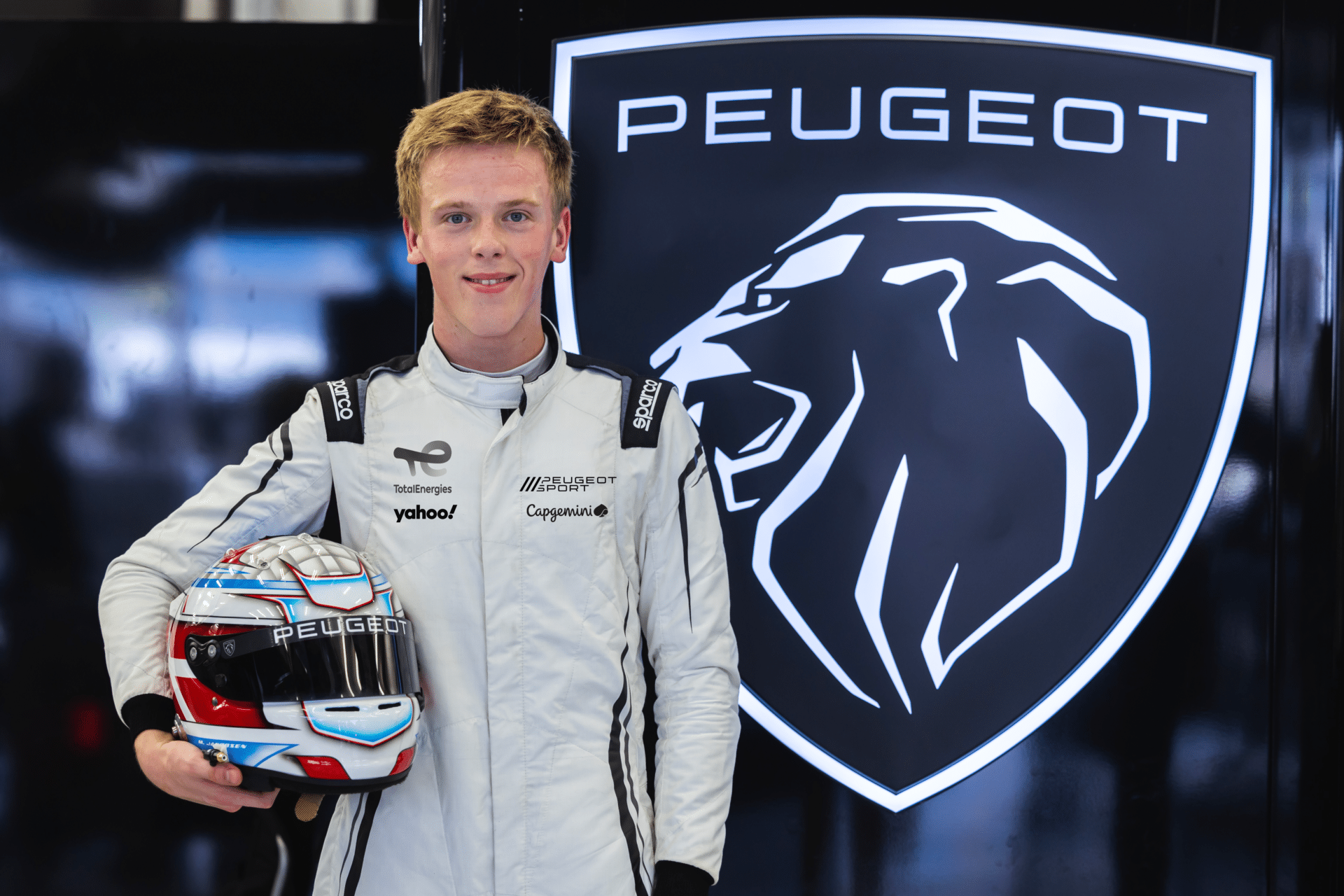
22 05 2023
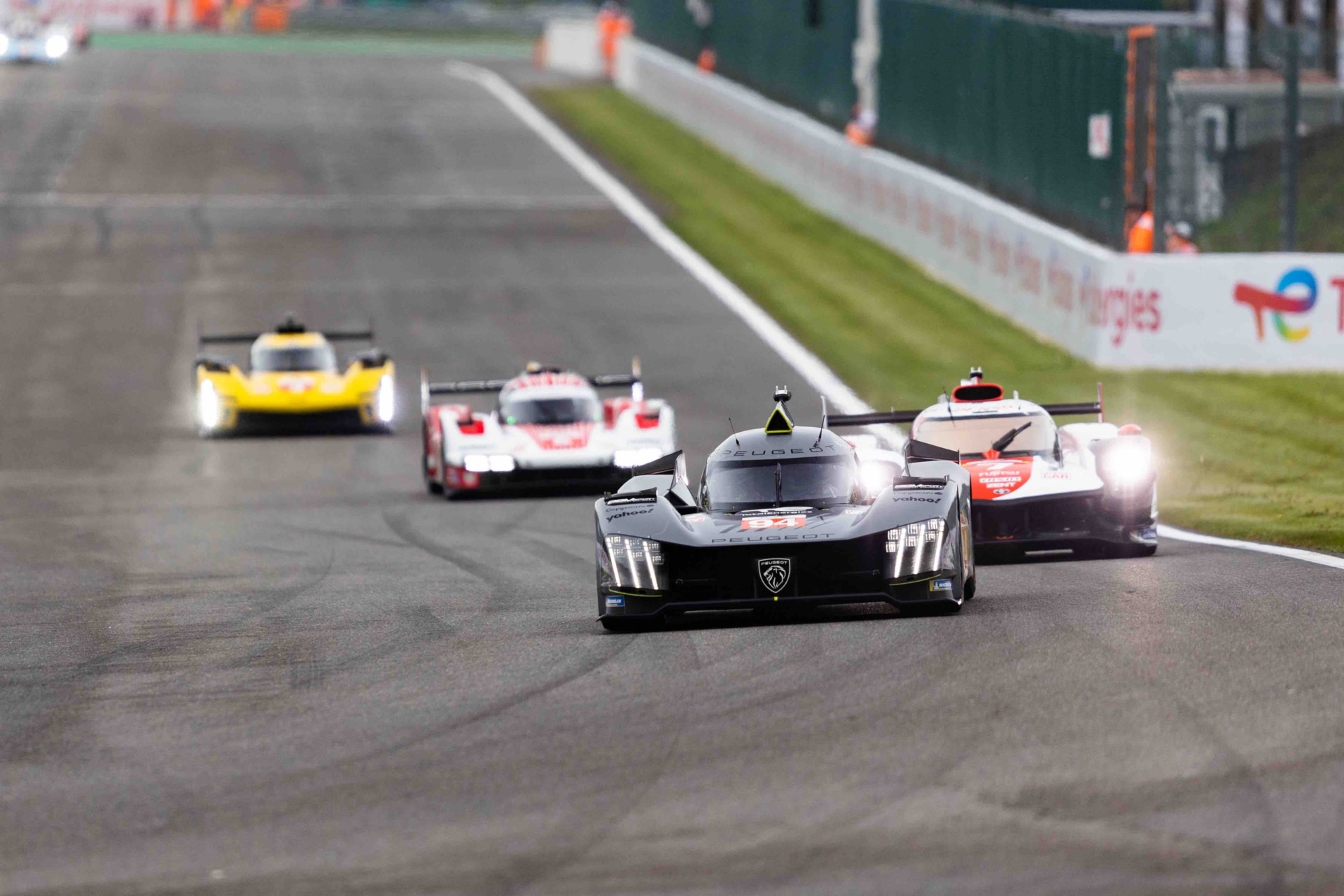
29 04 2023
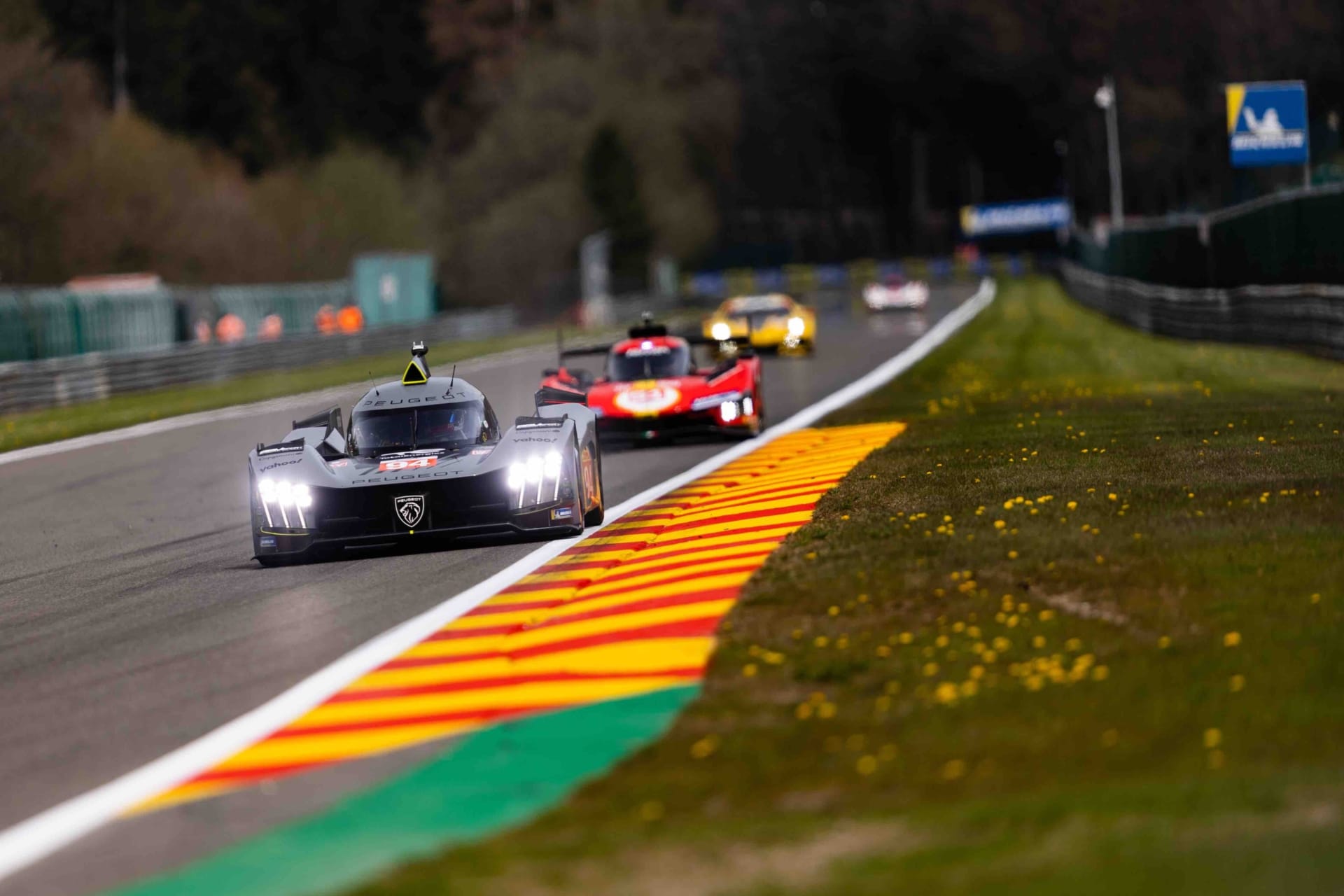
28 04 2023
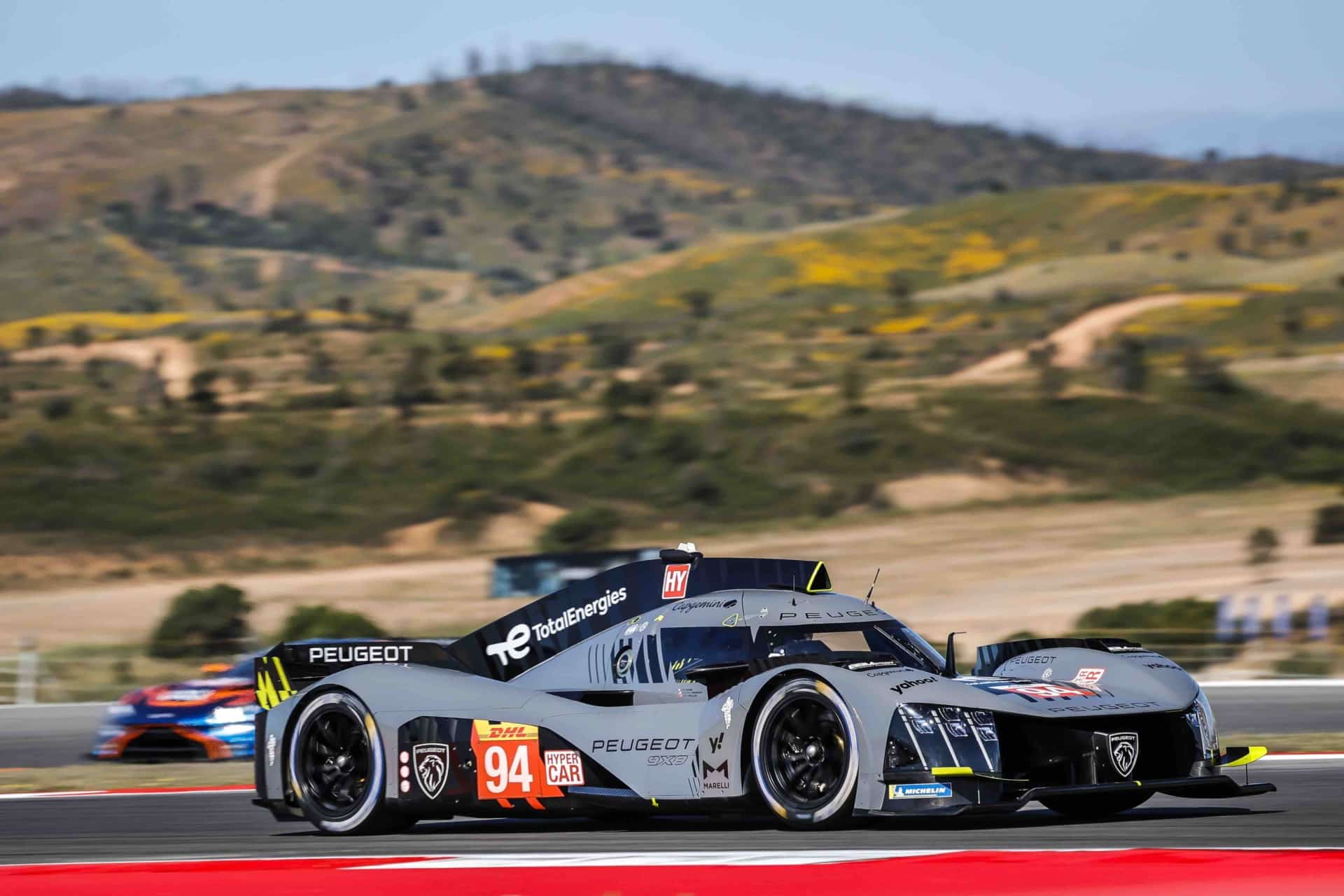
25 04 2023
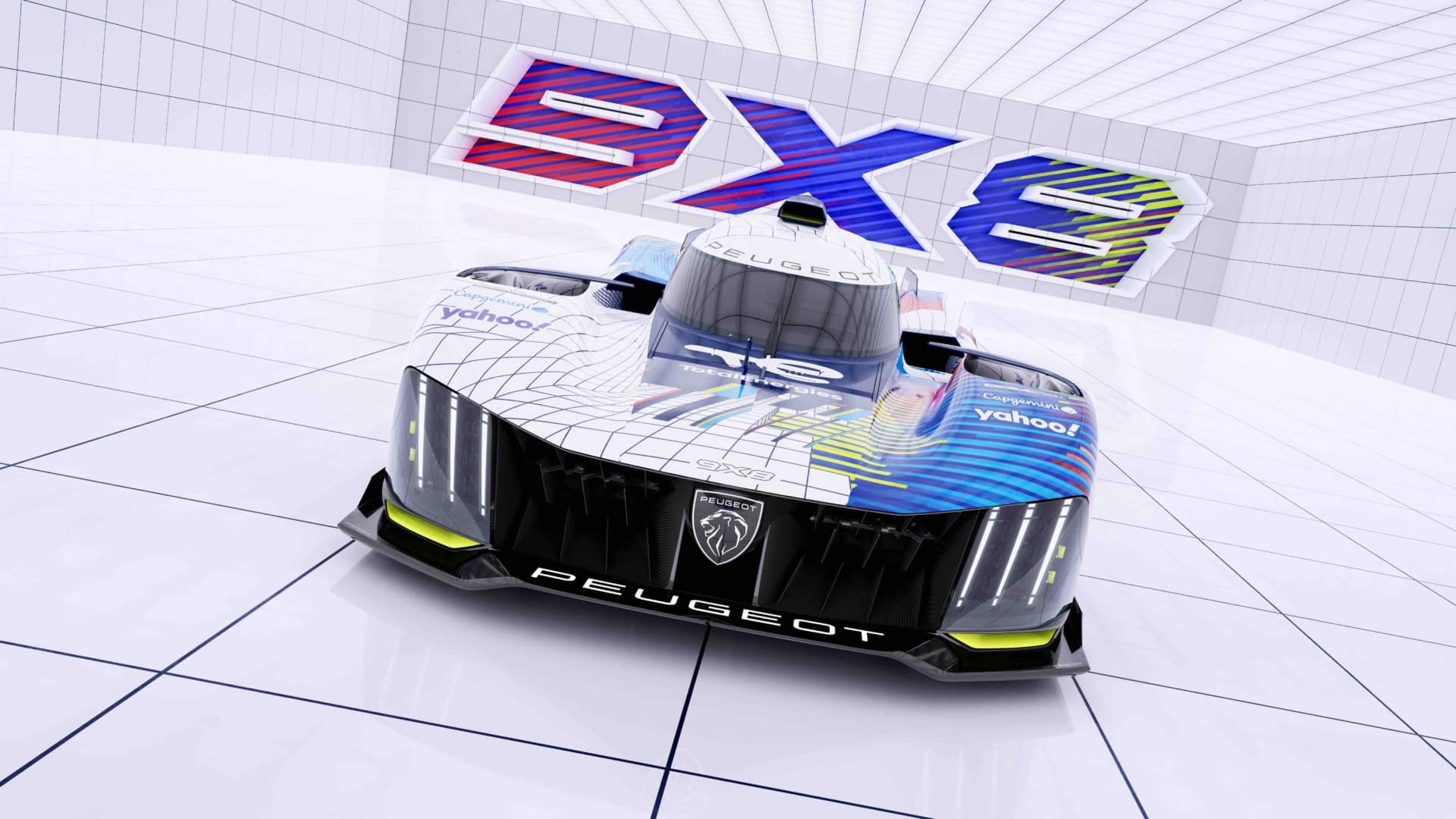
20 04 2023
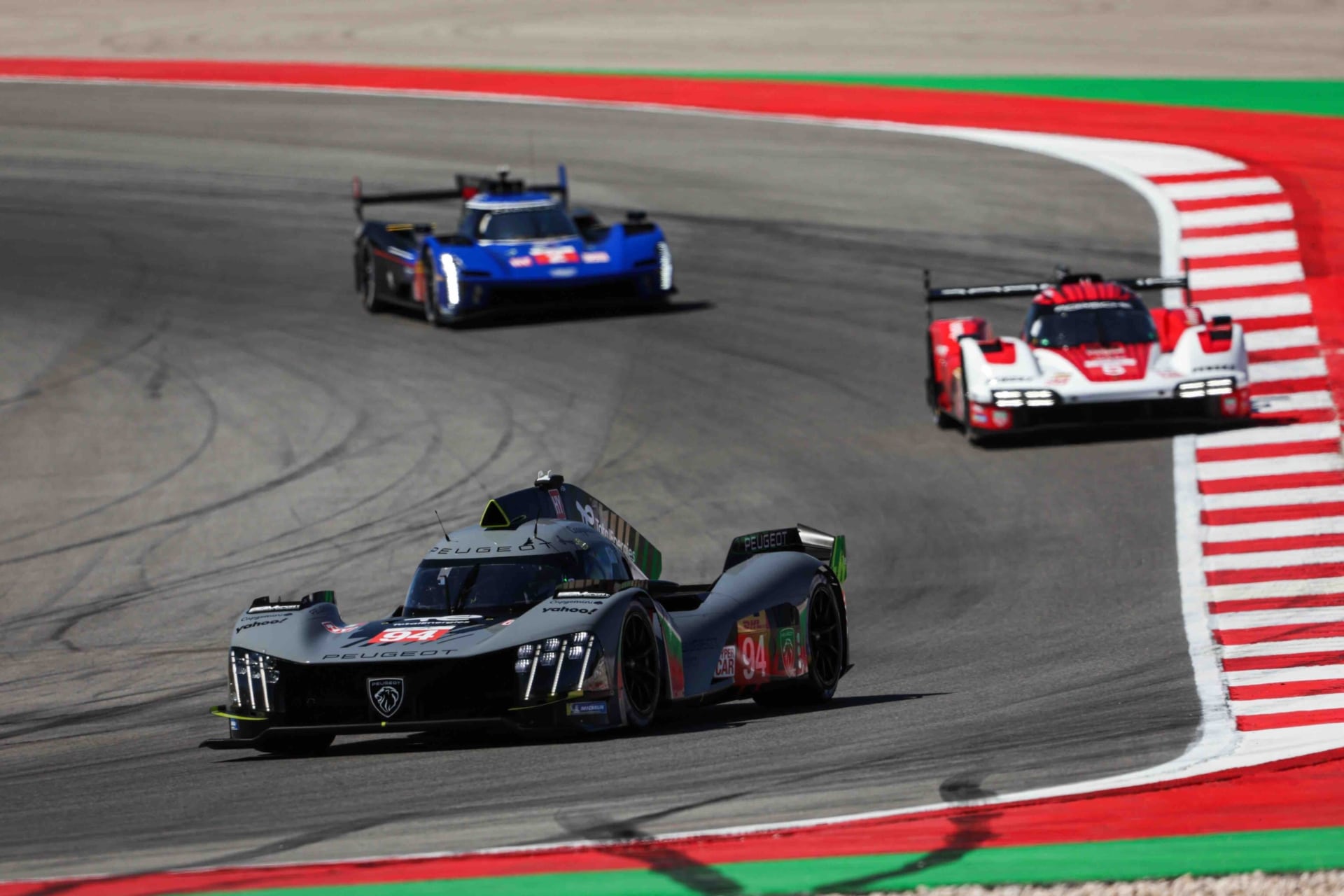
16 04 2023
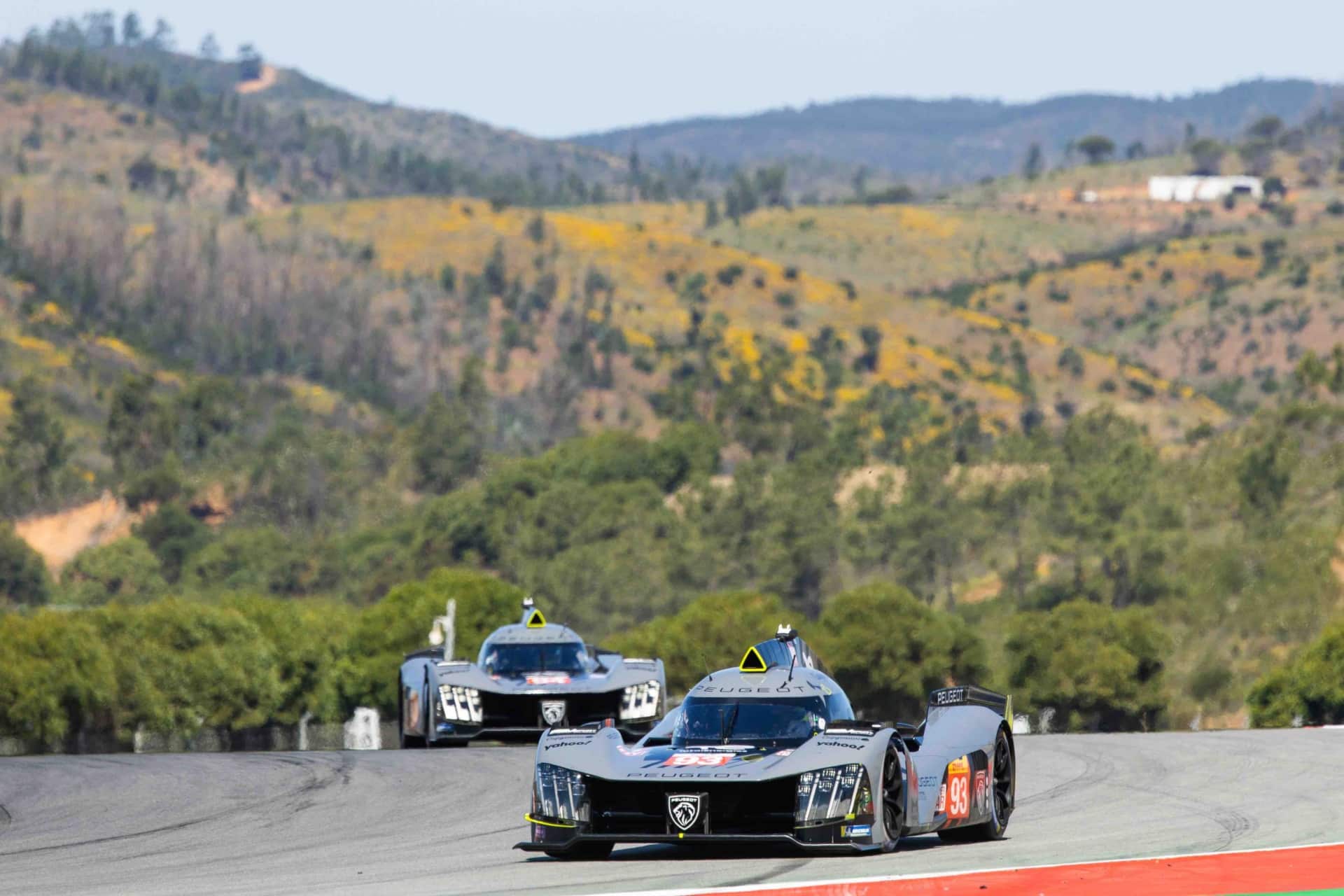
15 04 2023
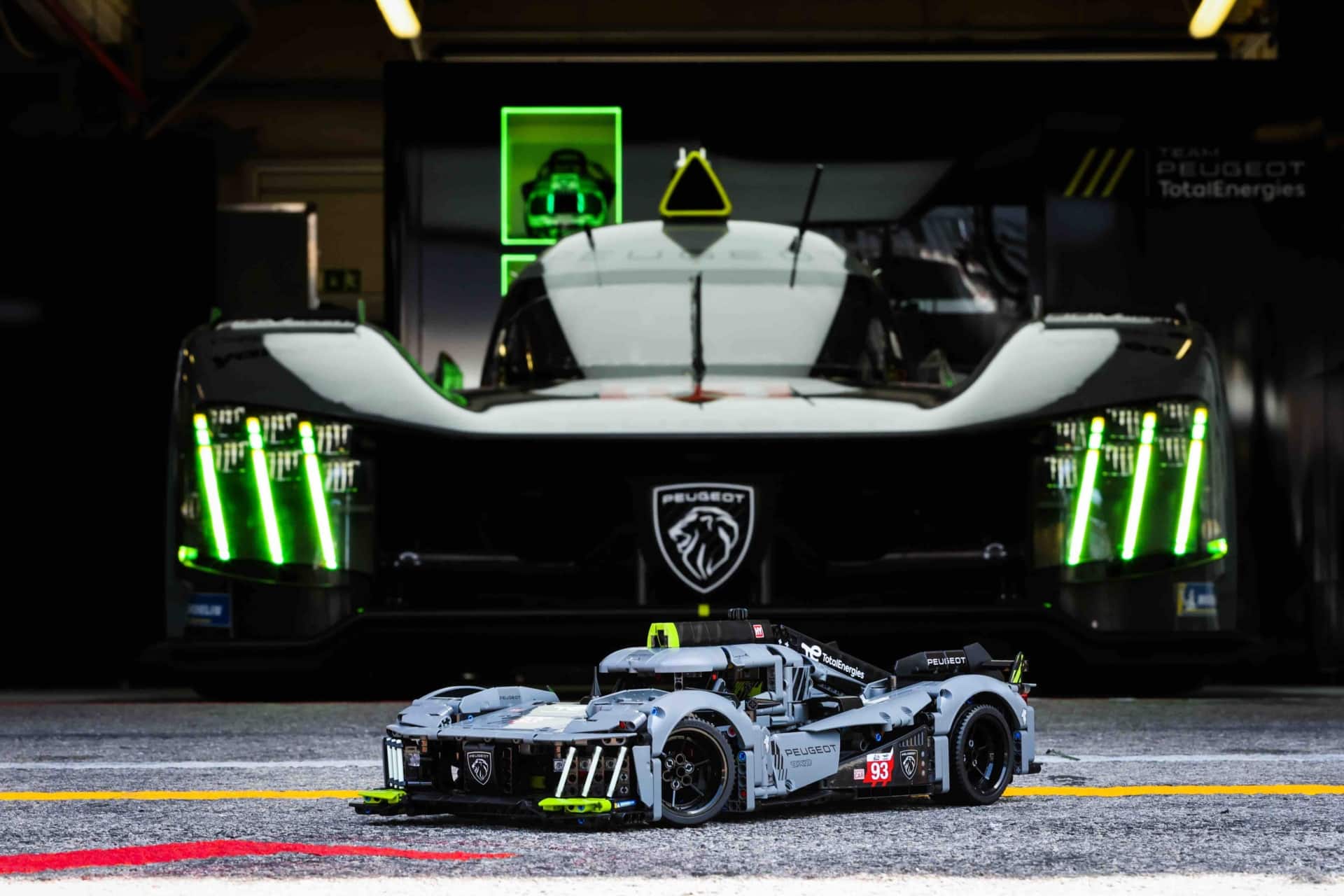
14 04 2023

11 04 2023

18 03 2023
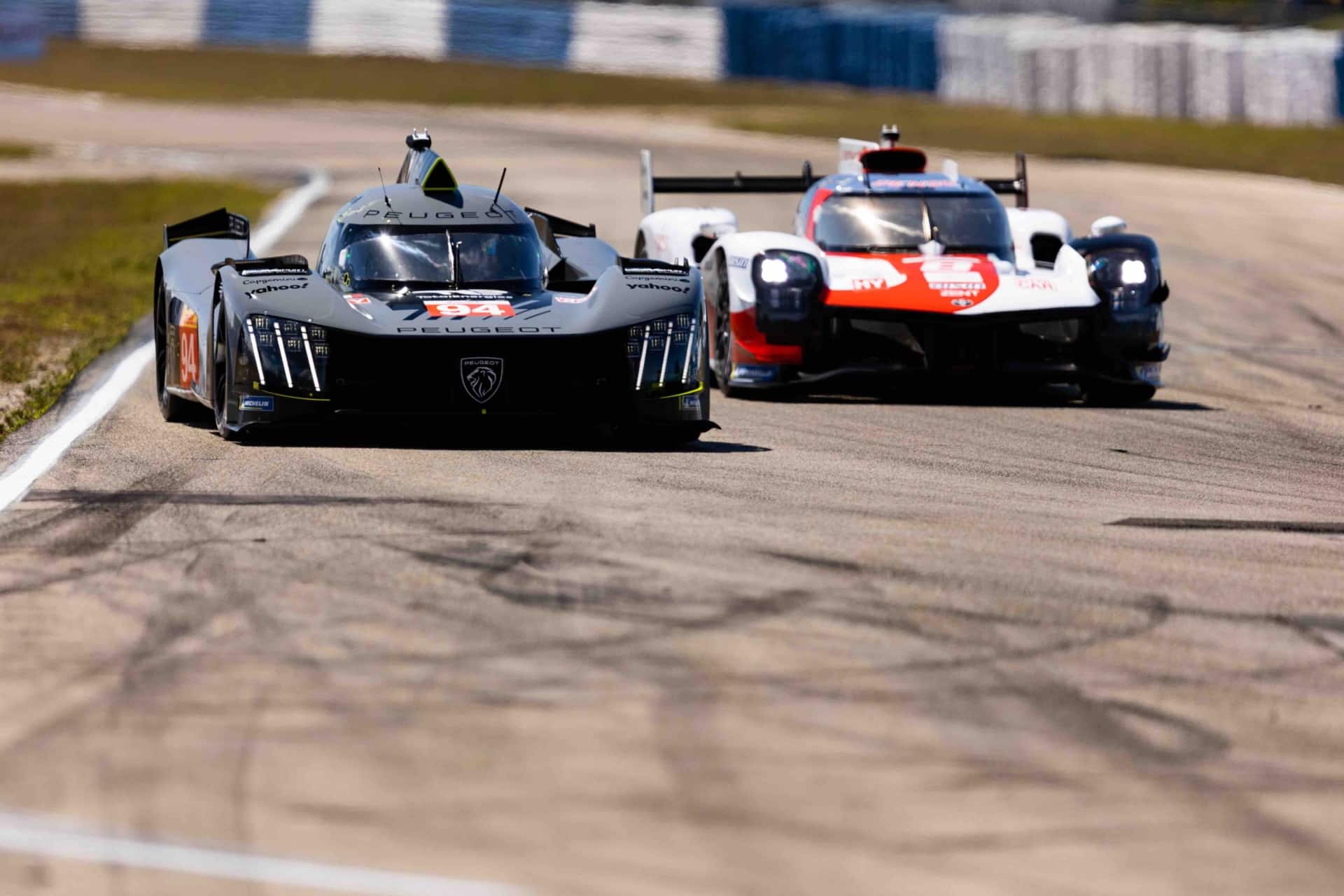
17 03 2023
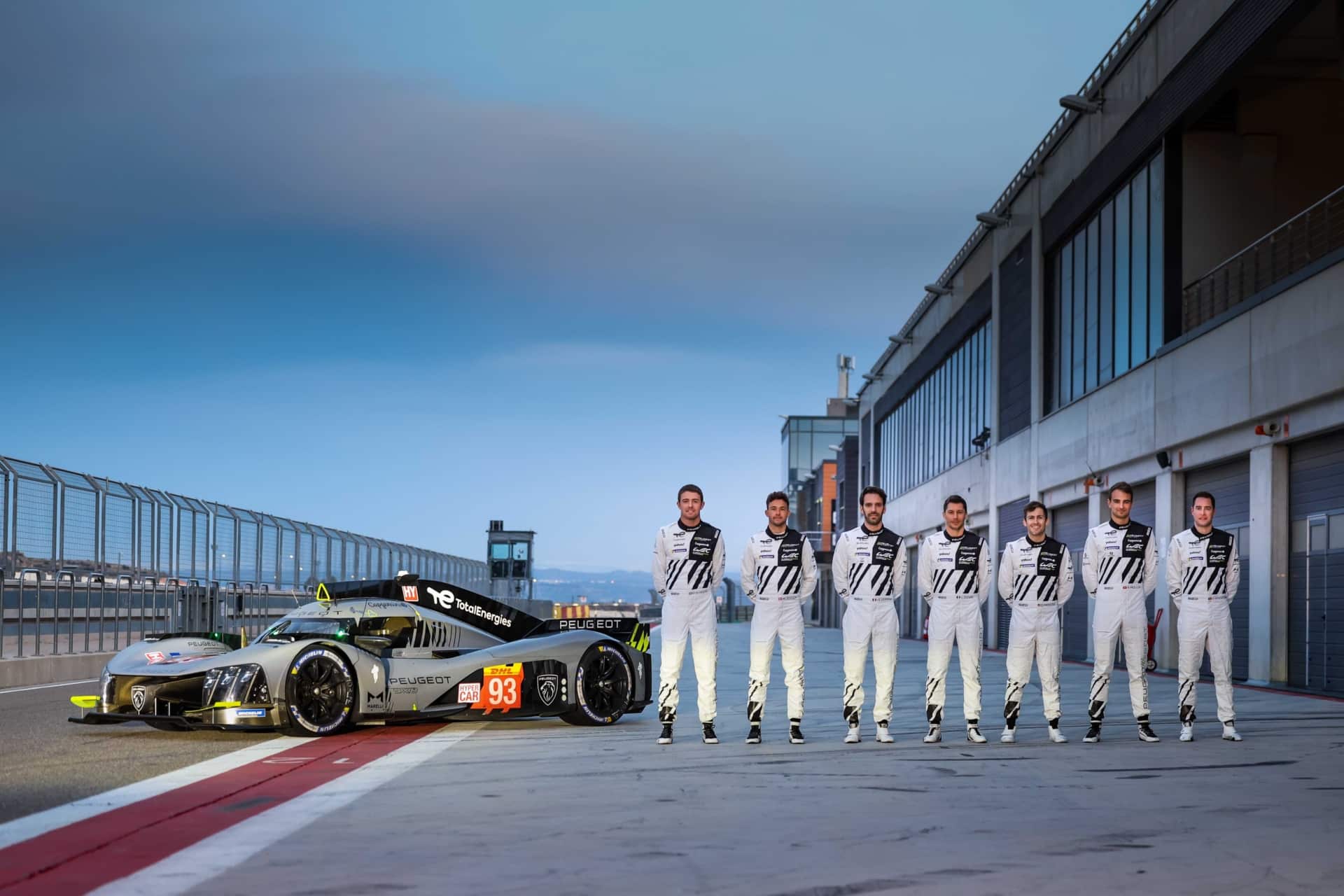
08 03 2023
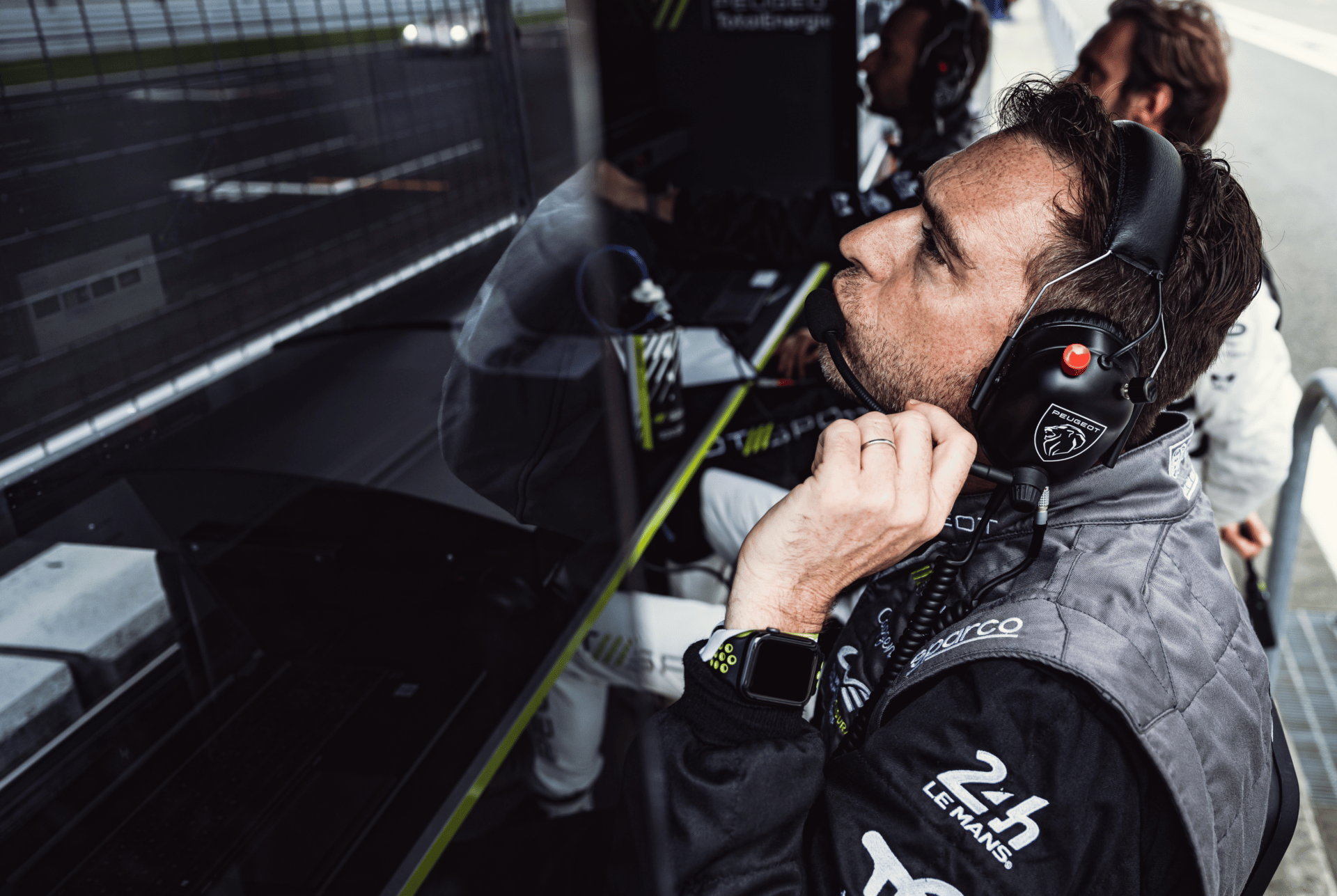
20 01 2023

05 01 2023

16 12 2022

08 12 2022
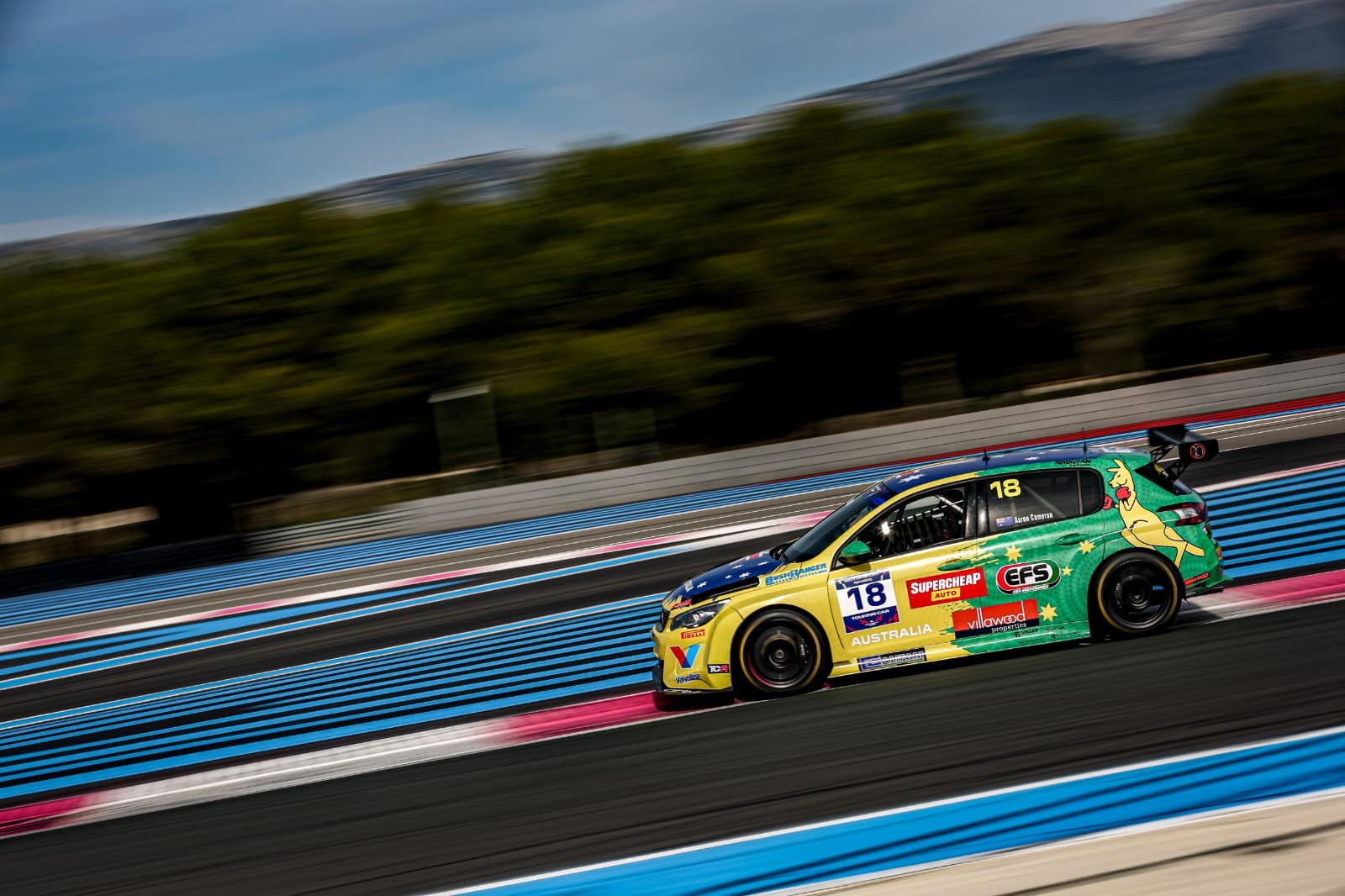
25 11 2022

13 11 2022
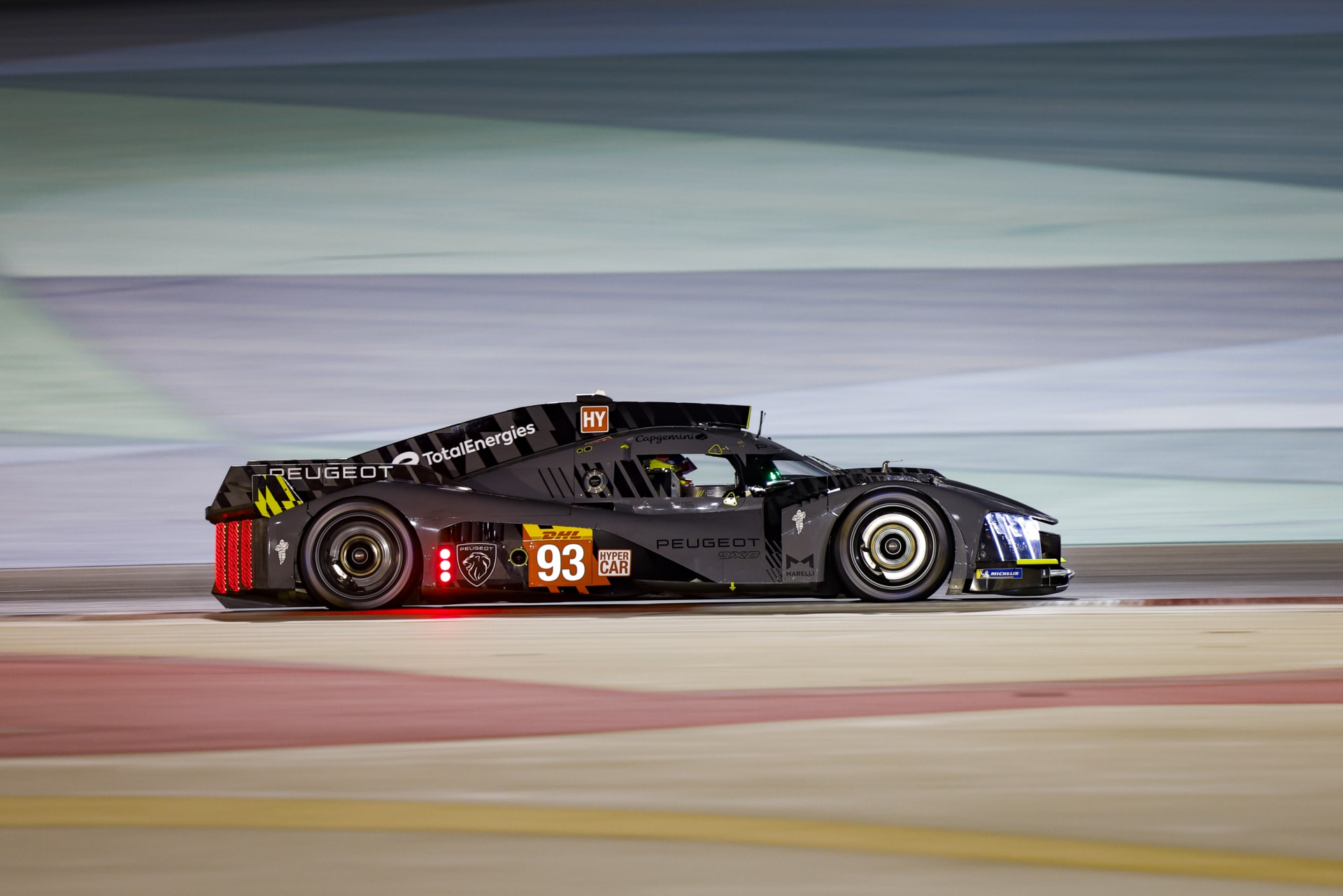
11 11 2022

07 11 2022
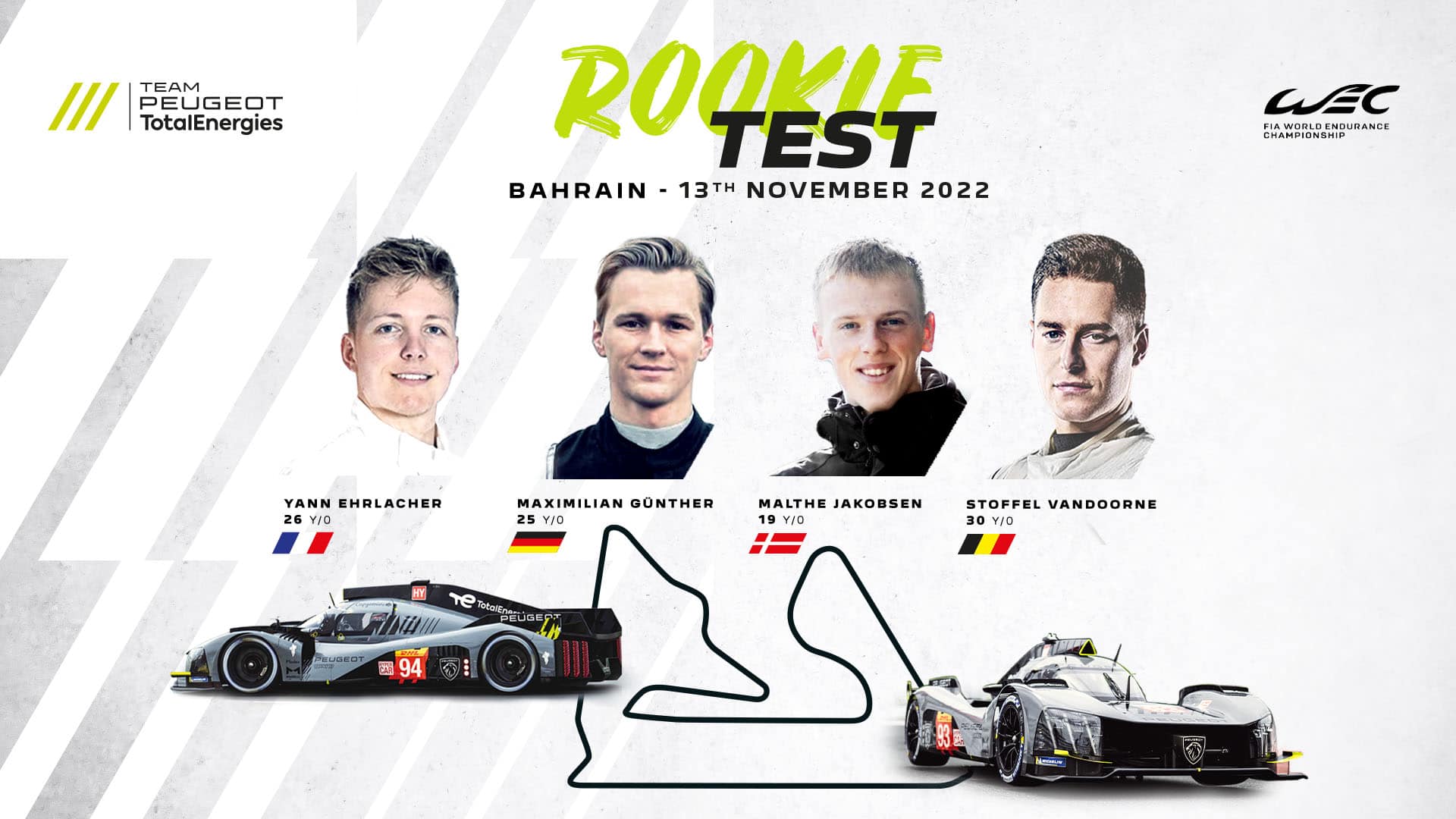
04 11 2022
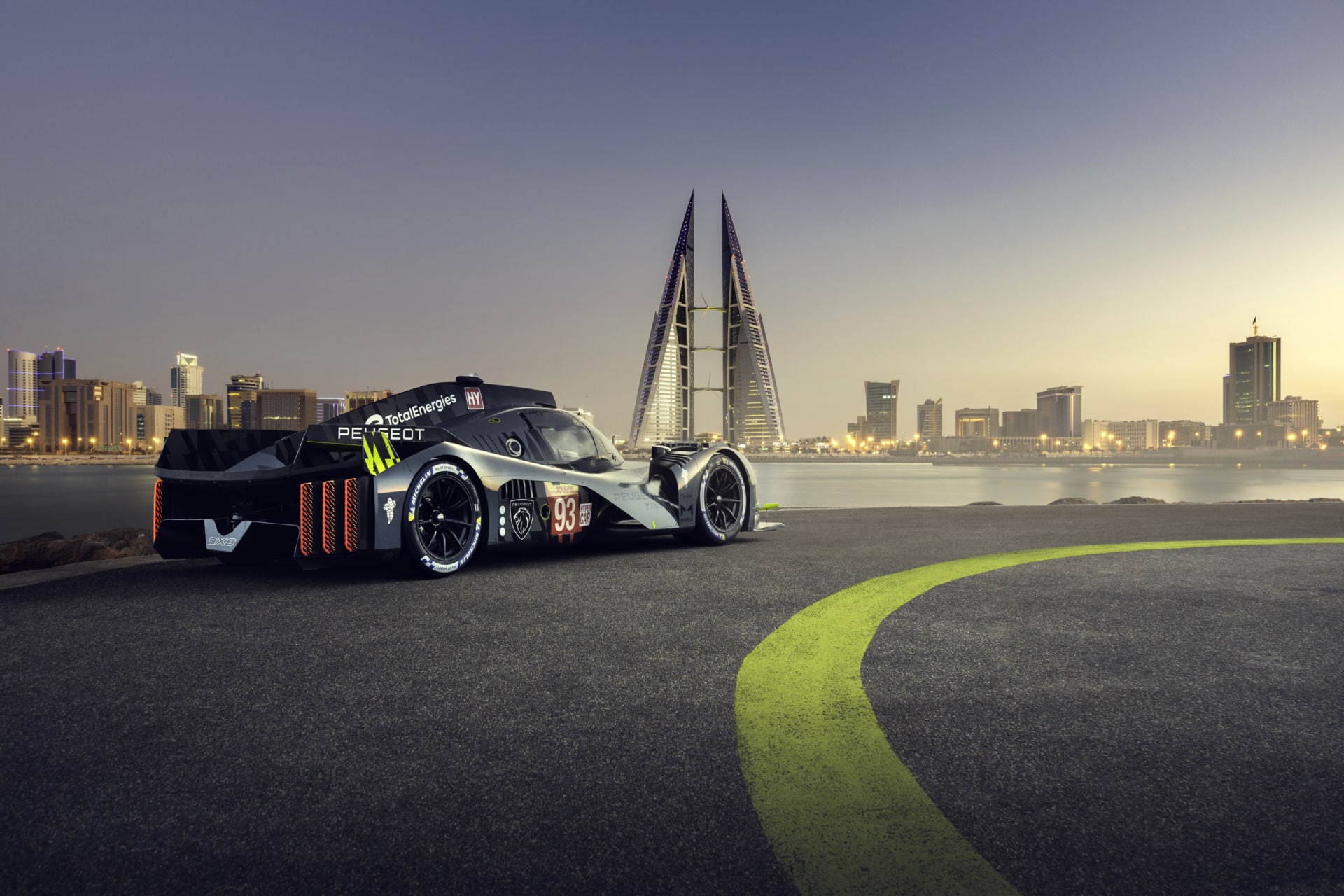
17 10 2022

10 10 2022
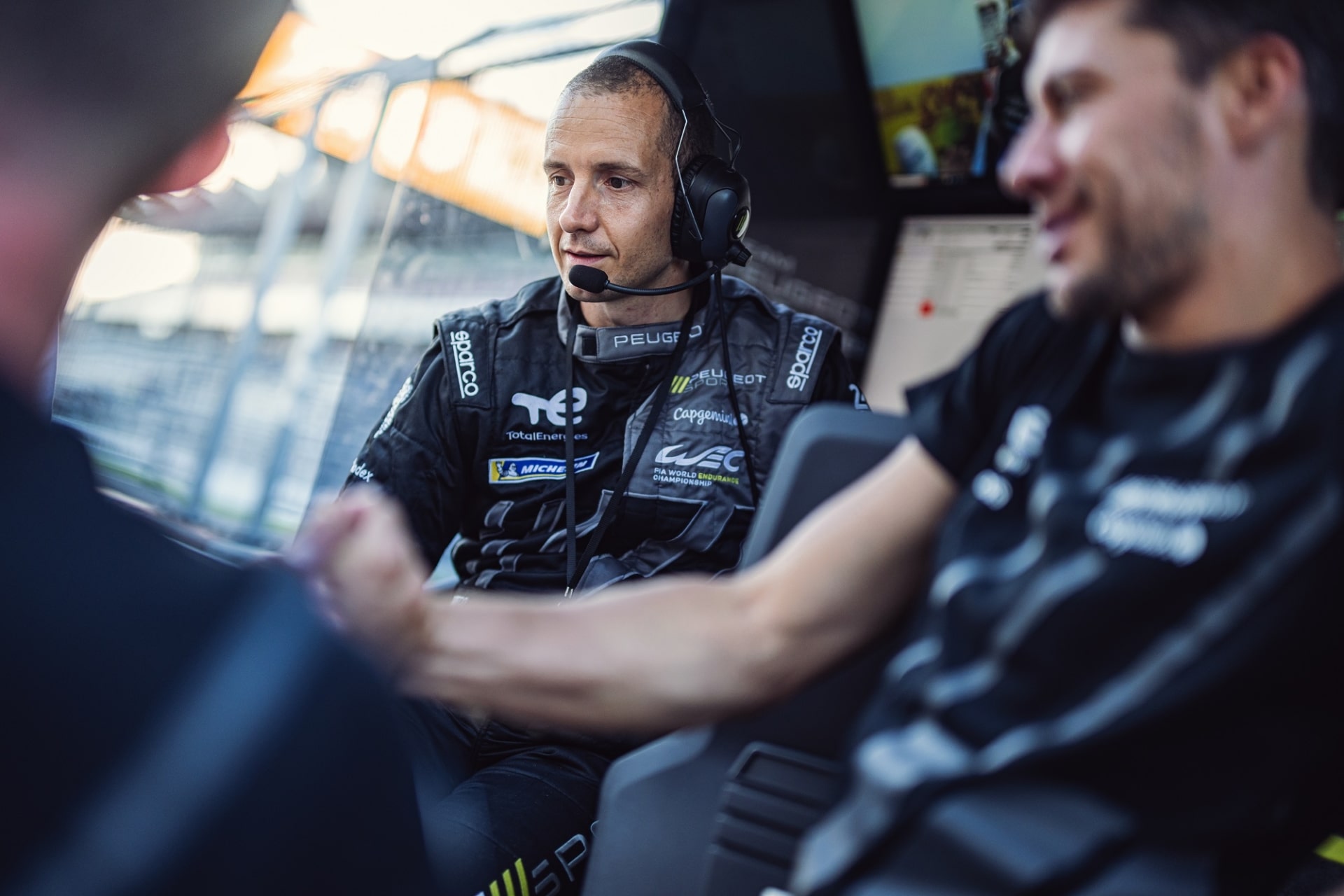
04 10 2022

23 09 2022

19 09 2022

15 09 2022

11 09 2022

10 09 2022

26 08 2022

16 08 2022

09 08 2022
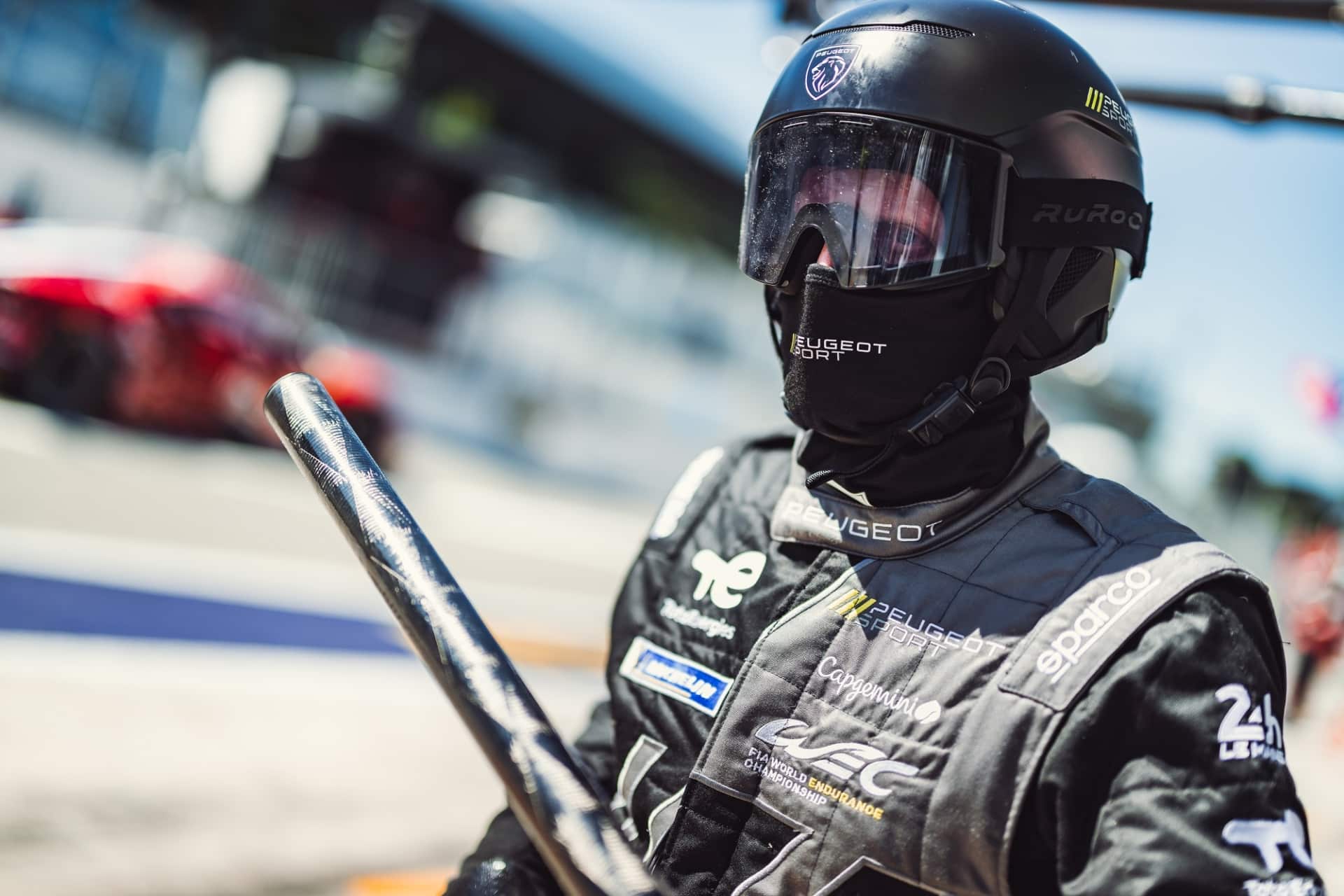
01 08 2022

25 07 2022

21 07 2022
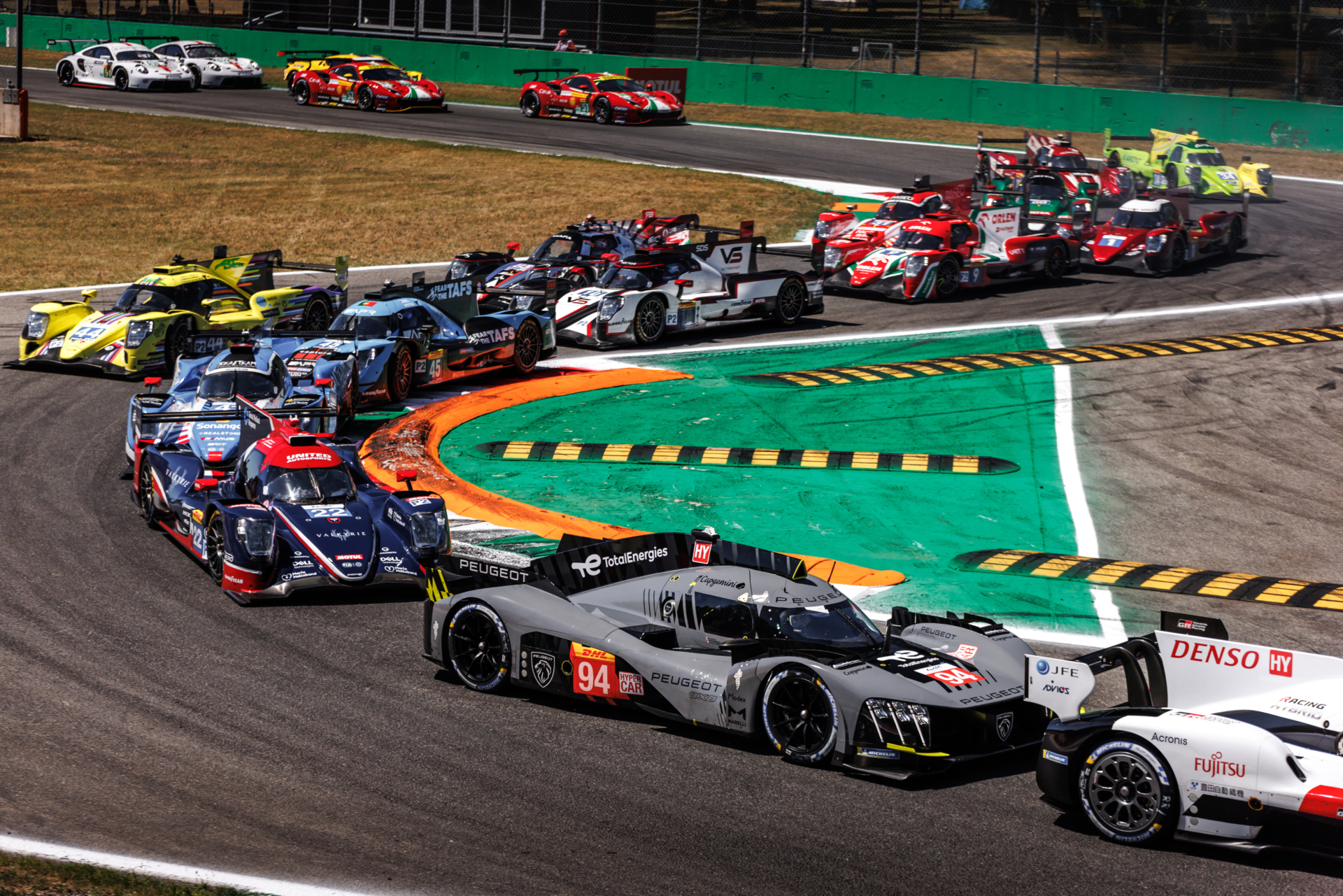
10 07 2022
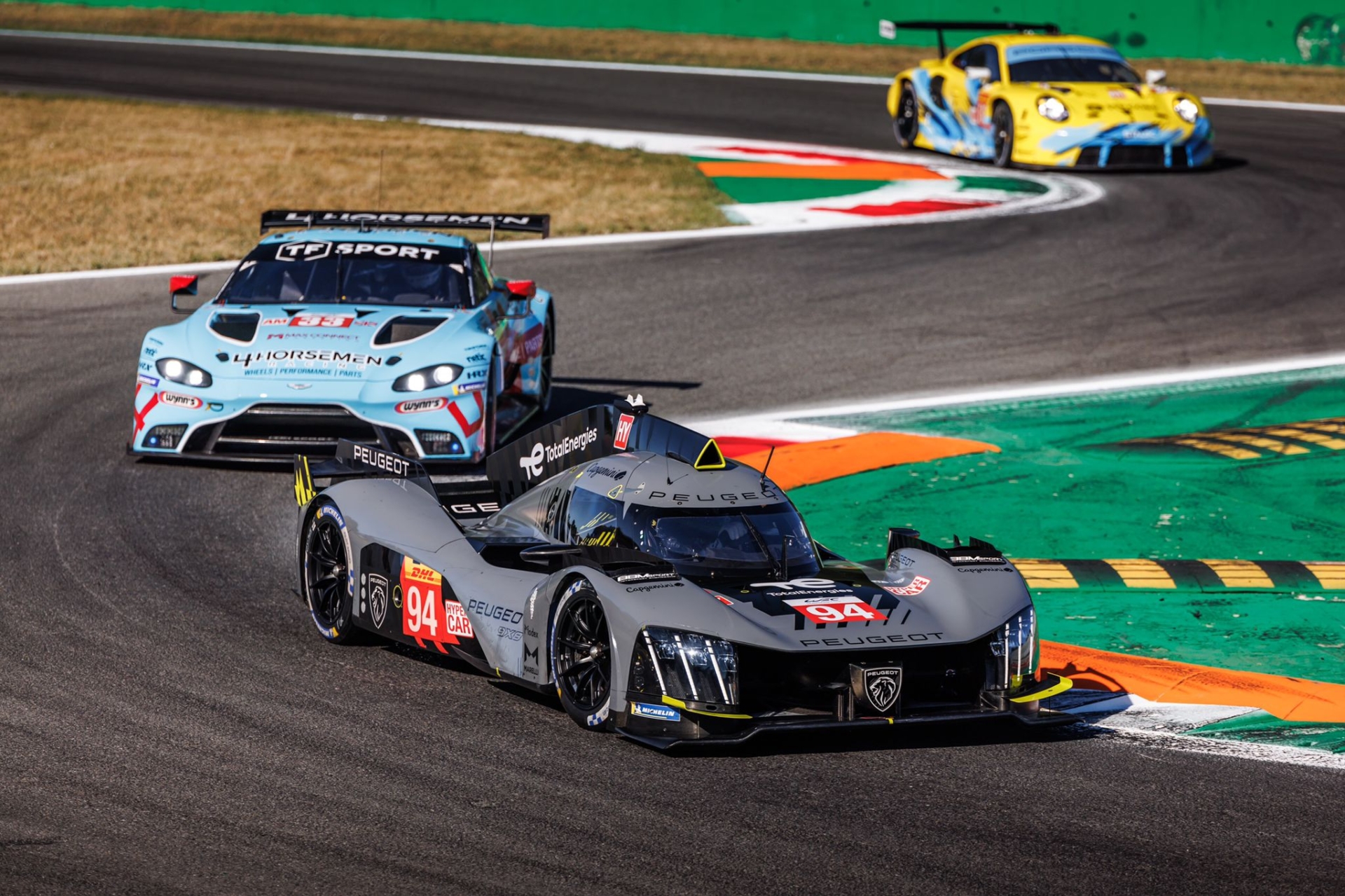
09 07 2022

04 07 2022

20 06 2022
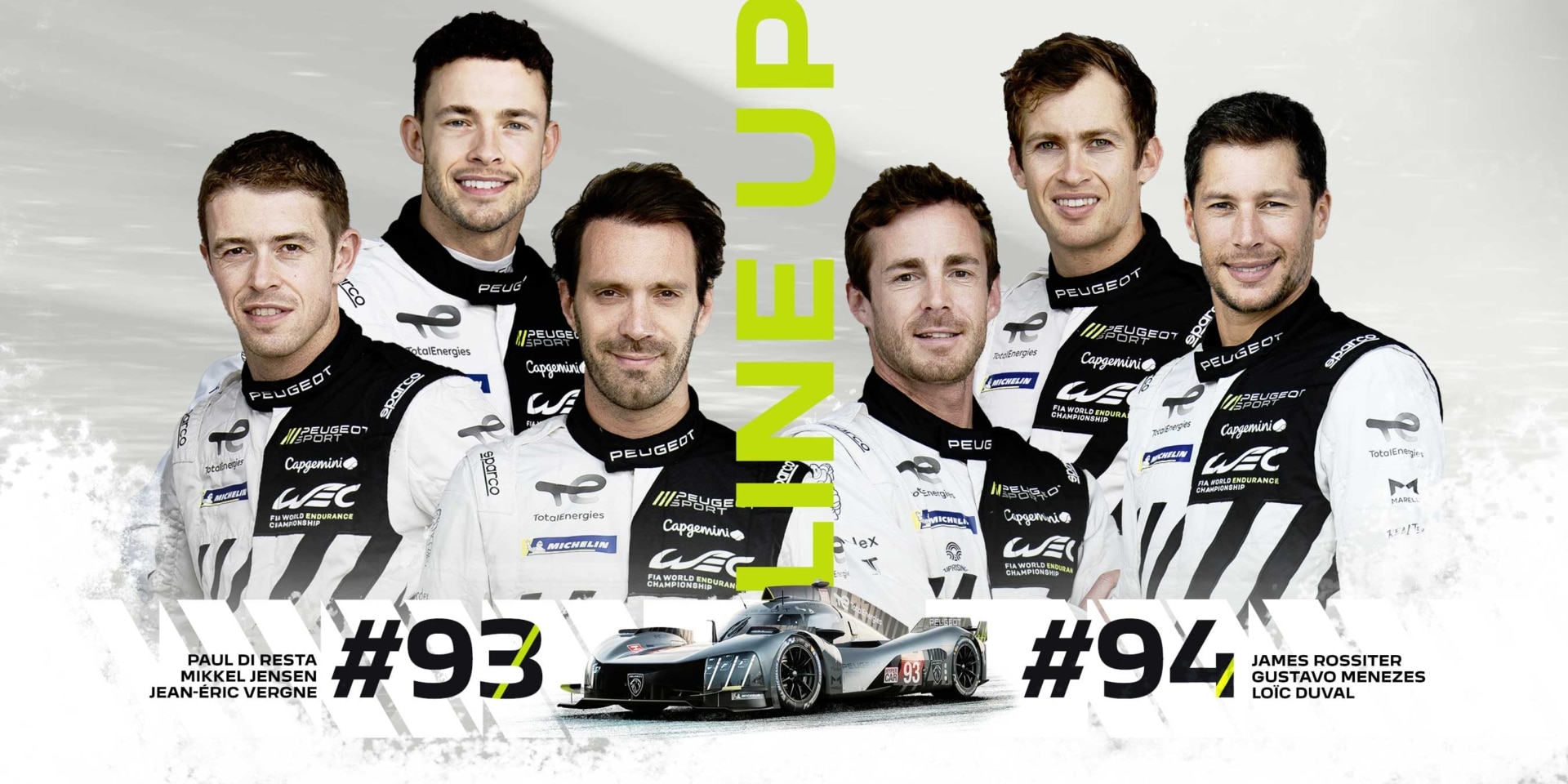
08 06 2022

23 05 2022

16 05 2022
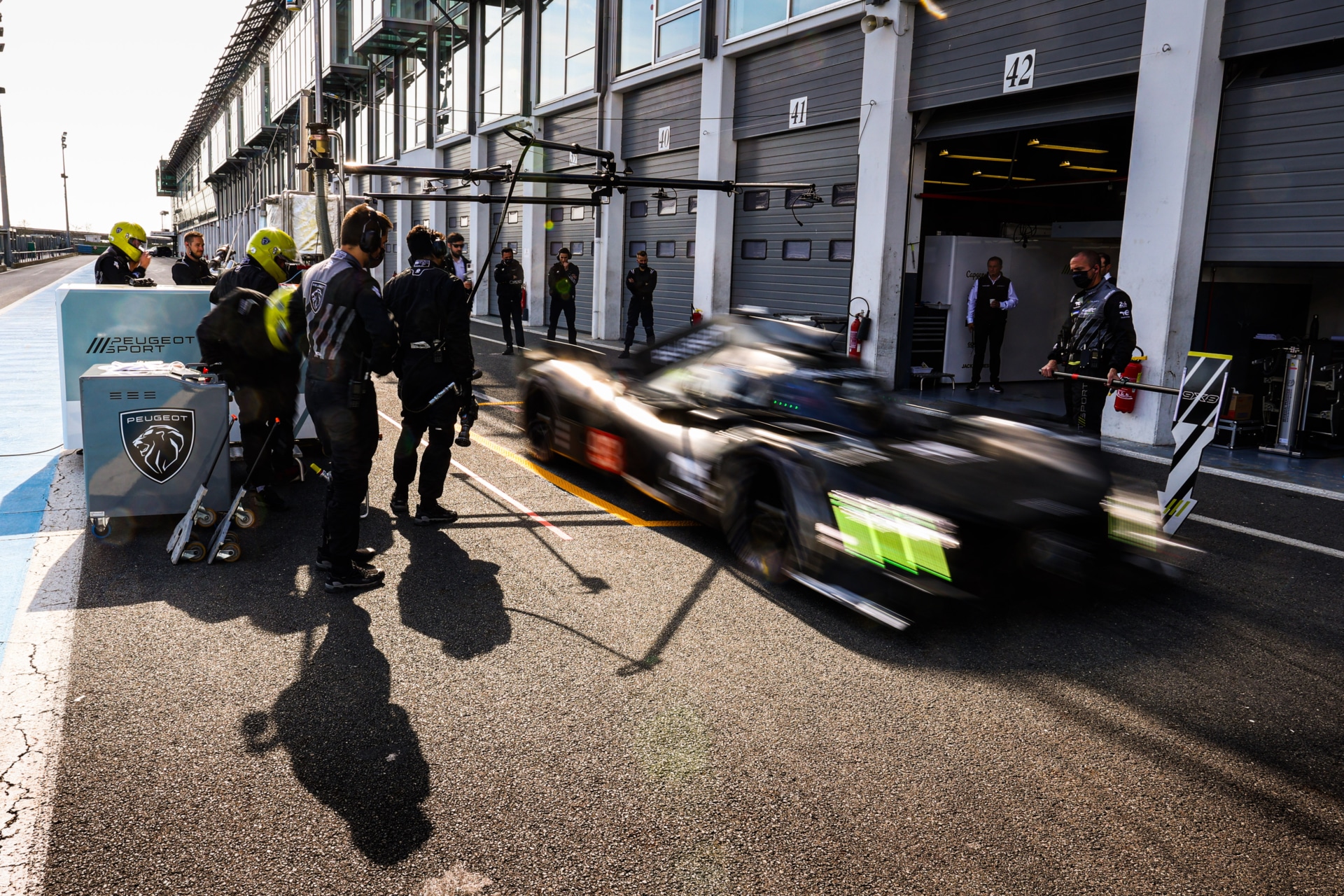
05 05 2022

06 04 2022

21 02 2022

20 01 2022
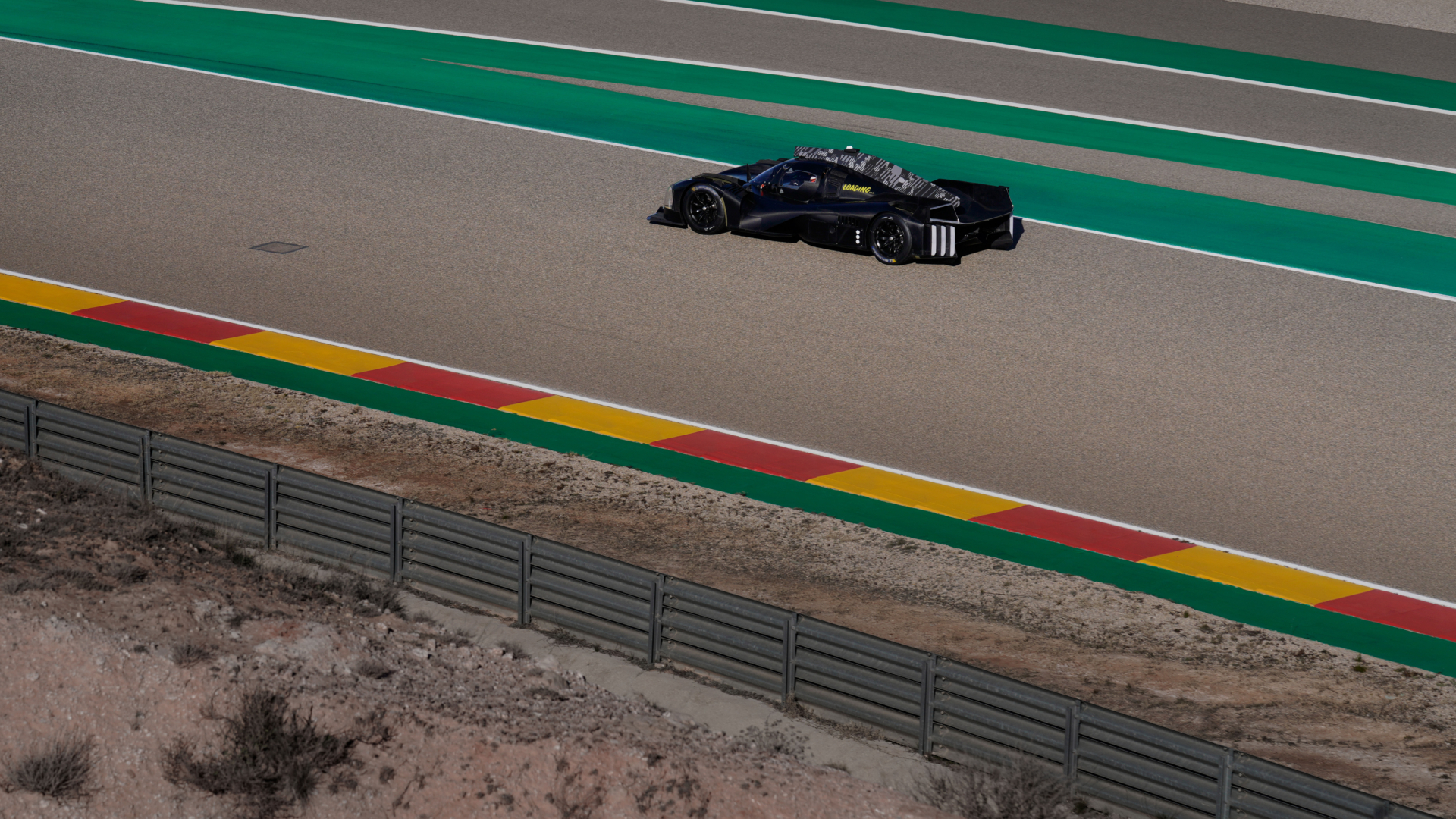
18 01 2022
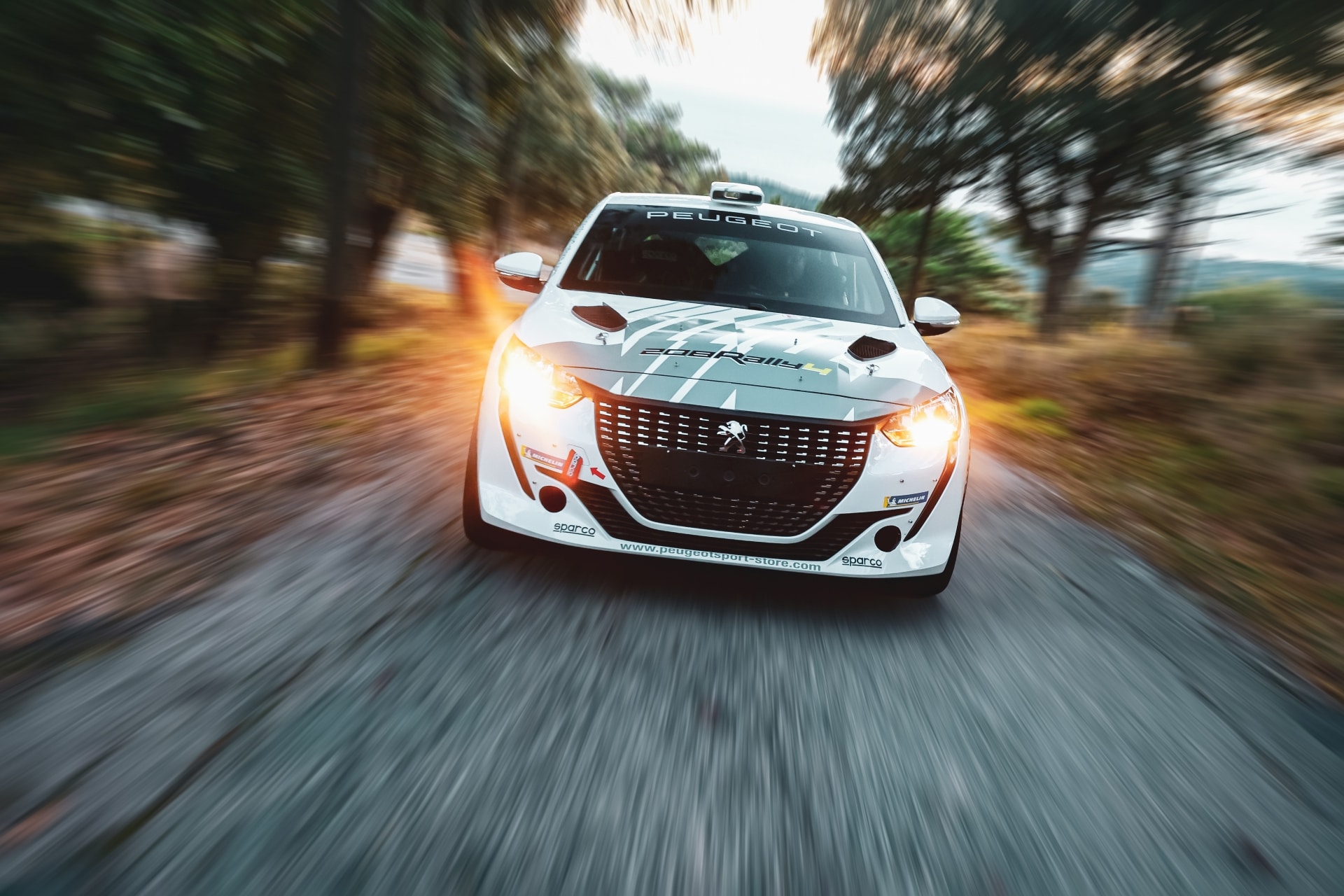
12 01 2022

11 01 2022

30 11 2021

29 09 2021
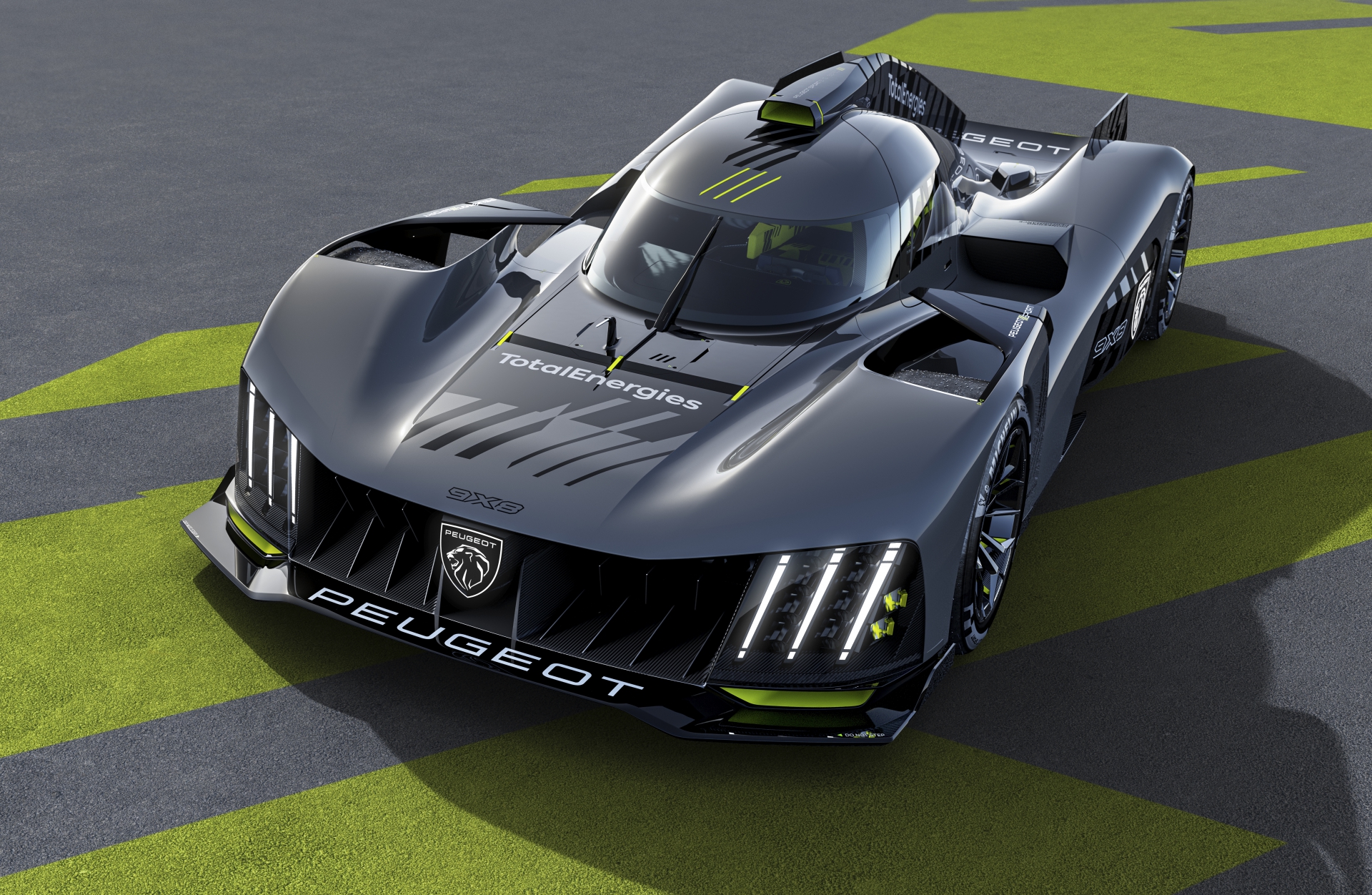
06 07 2021

08 02 2021